
Field Notes on Gathering
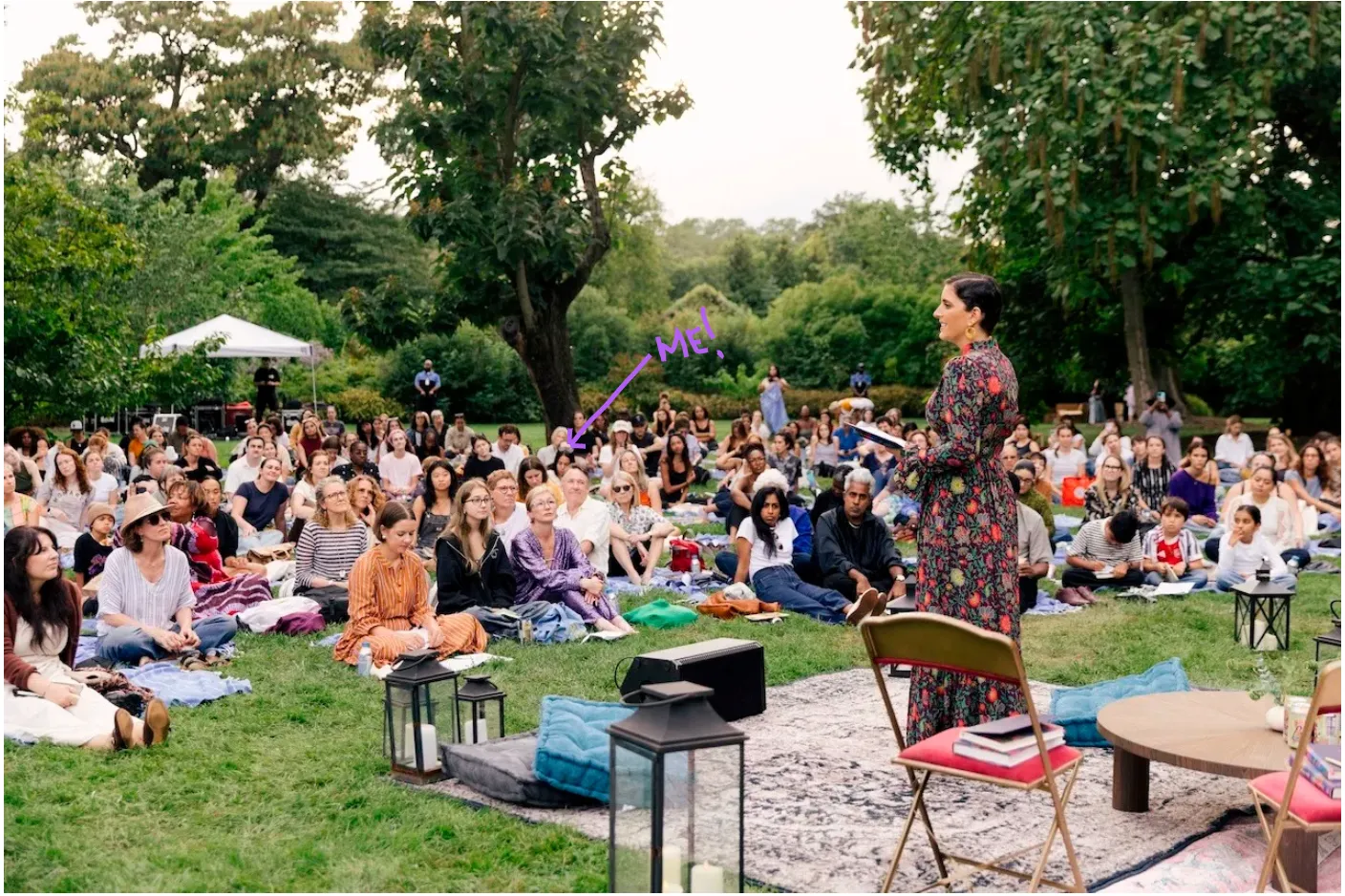
This week I went to one of the coolest events I’ve ever been to in New York (and that really says something, since I grew up here). Suleika Jaouad hosted a journaling club at the Brooklyn Botanic Garden at sunset, on a random Tuesday evening that happened to be blessed with the most gorgeous early-autumn weather.
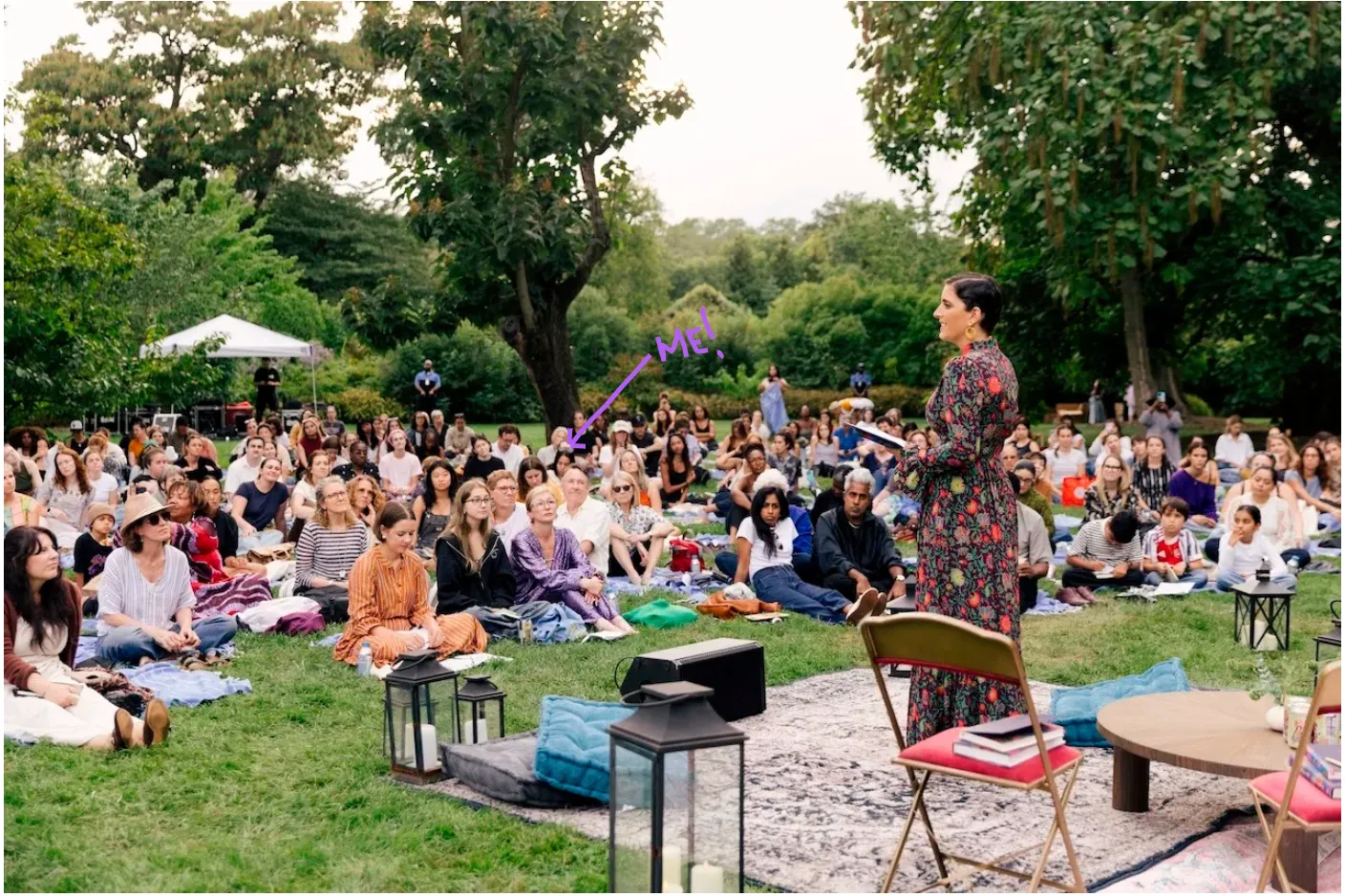
We arrived to a meadow alive with hundreds of species of plants and flowers. At the entrance, each guest was given a Turkish towel to spread across the grass and a fresh notebook waiting to be filled. At the front sat a panel of Suleika’s closest circle — her husband, the musician Jon Batiste; writer and gathering expert Priya Parker; bassist Marcus Garrick Miller; and her mother, the renowned French artist Anne Francey. Four voices (and hearts) anchoring an evening that would unfold into writing, listening, and reflection
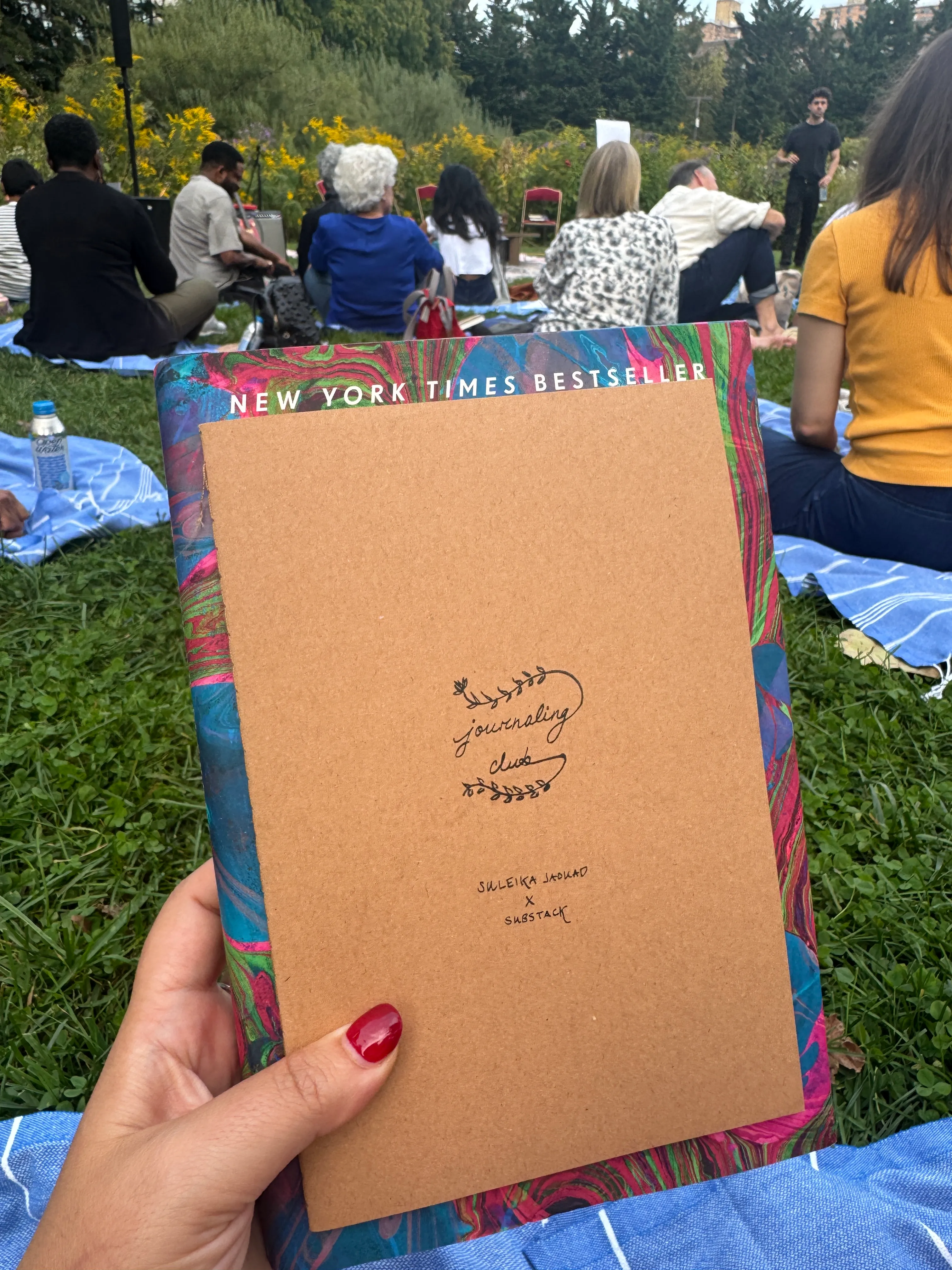
There were about 300 of us, yet it still felt personal. A few thoughtful details — something to sit on, something to write in, and the garden itself holding us — transformed a crowd of strangers into a community. And in that gathering, there was a kind of quiet magic, the closest I’ve ever come to feeling like a real-life fairy.
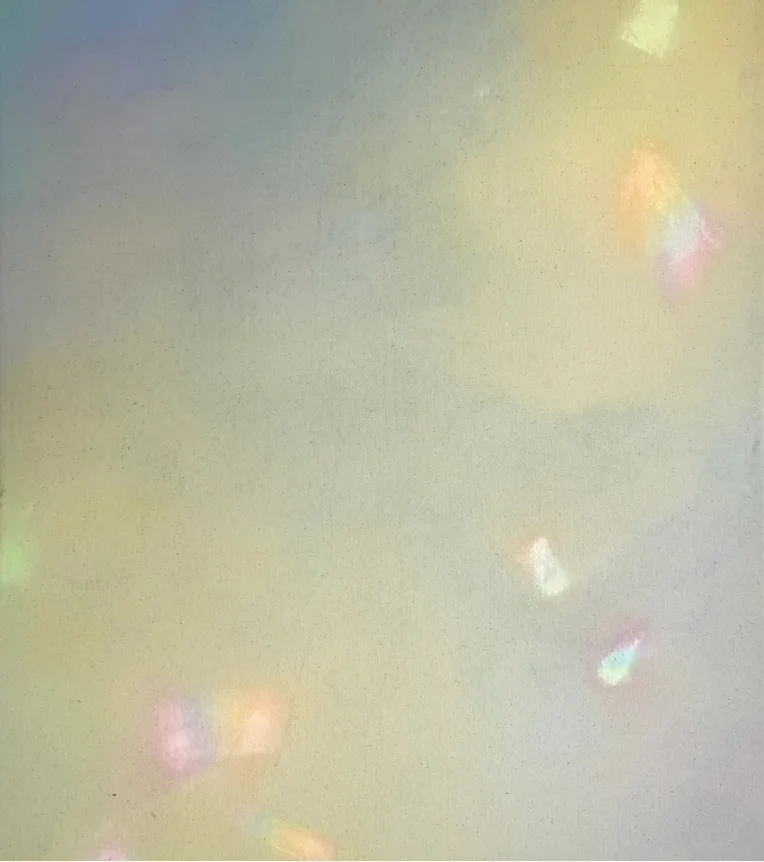
The Design of Gathering
Gatherings are not accidents; they’re built. The atmosphere is created as much by choices as by chance.
At the Botanic Garden, there were no ornate tables or elaborate décor, yet the design still spoke volumes. The simplicity of the setting — fabric, paper, twilight — created exactly the right conditions: openness, ease, connection. As Priya Parker puts it, “gatherings crackle and flourish when real thought goes into them.”
She also emphasizes the need for bold structure — that gatherings don’t just happen, they need shape. At Suleika’s event, the bold structure was deceptively simple: 300 people, all journaling together in silence for intervals, then pausing to listen to the panel share reflections. It gave the evening rhythm and flow, keeping us both anchored and connected.
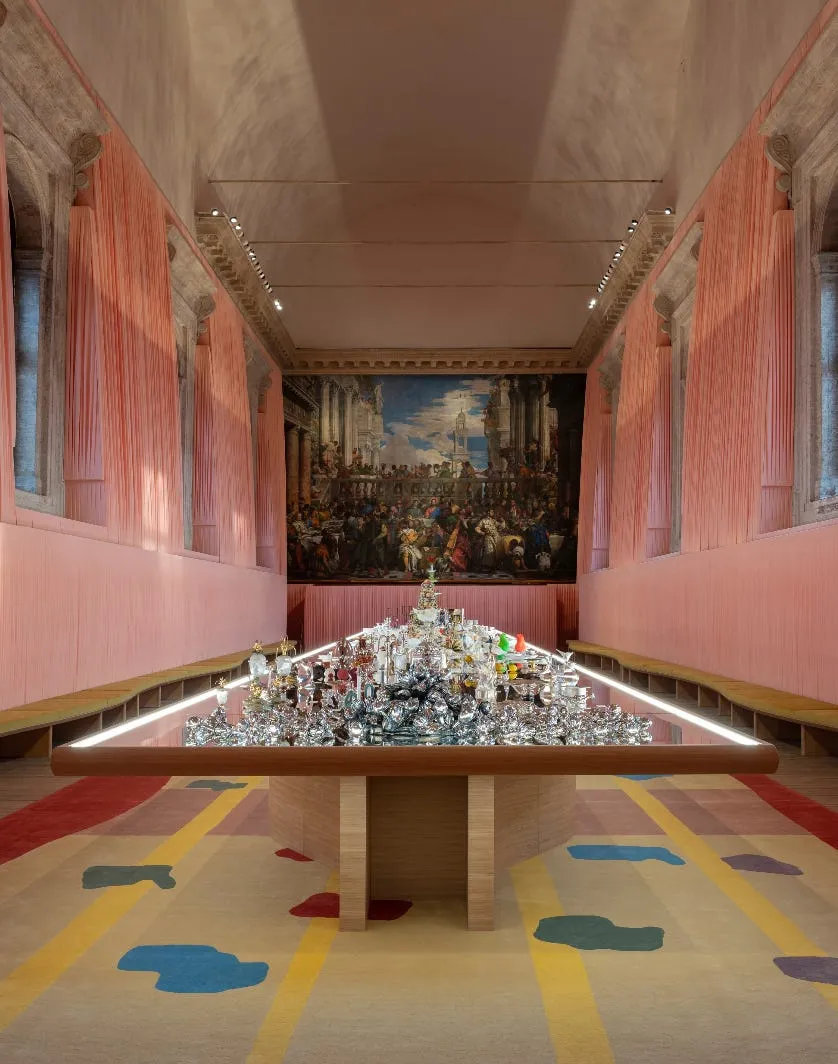
It made me think of how other spaces are shaped for gathering:
- How we sit together — Circles invite openness, rows create focus, clusters encourage side conversations. The arrangement of chairs becomes the arrangement of energy.

- How we arrive — A threshold can be as simple as a candlelit entry, a welcome drink, or a quiet pause at the door. The way we’re invited in shapes how we show up.
- What we touch — Soft linens, smooth wood, a textured cushion — these quiet details remind us that gathering is embodied. We don’t just meet with our minds; we meet with our senses.
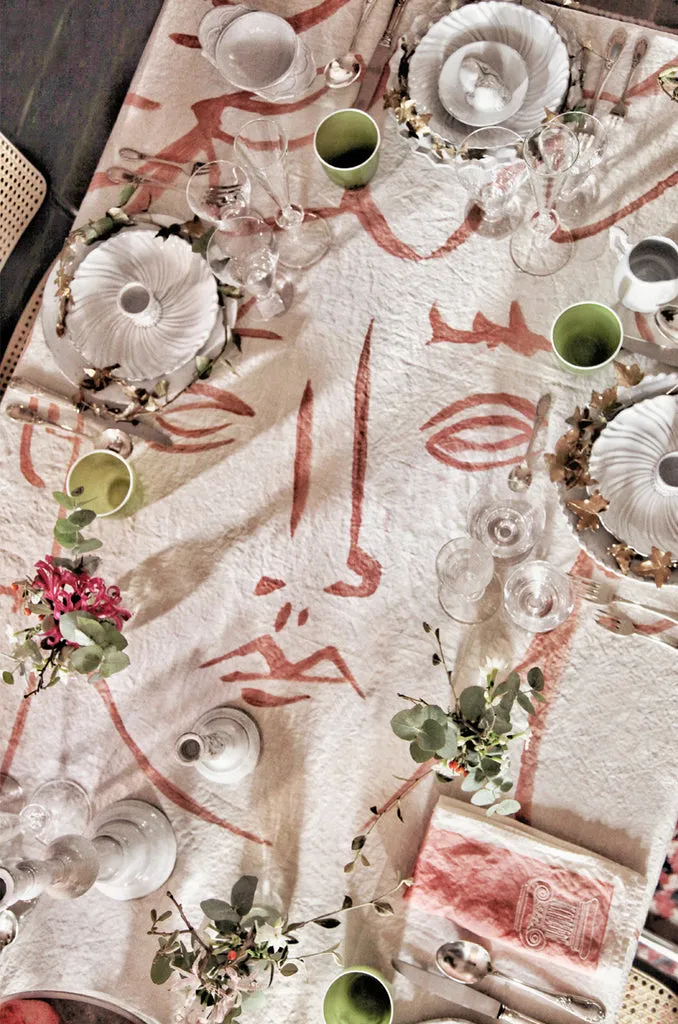
- Sound and silence — Silence lets us sink deeper into ourselves, while music draws us back out. During one journaling prompt, Jon Batiste and Marcus Garrick Miller filled the garden with the blues, their music rippling across the field like a reminder that silence and sound are partners in shaping how we feel together.
Design, at its best, doesn’t just make a space look beautiful — it makes connection feel inevitable.
Conversation-Starting Artwork
Art has always been part of how we gather. Think of a painting hung above a dining table, a sculpture in a hotel lobby, or a bold textile in someone’s living room. These aren’t just decorative choices — they’re icebreakers. They hold stories, spark questions, and give strangers a place to begin.

Conversation-starting artwork doesn’t need to shout; it simply needs to invite curiosity. A surreal photograph that makes you tilt your head. A textile that carries history in its weave. A piece with texture so compelling people can’t help but reach out and touch.
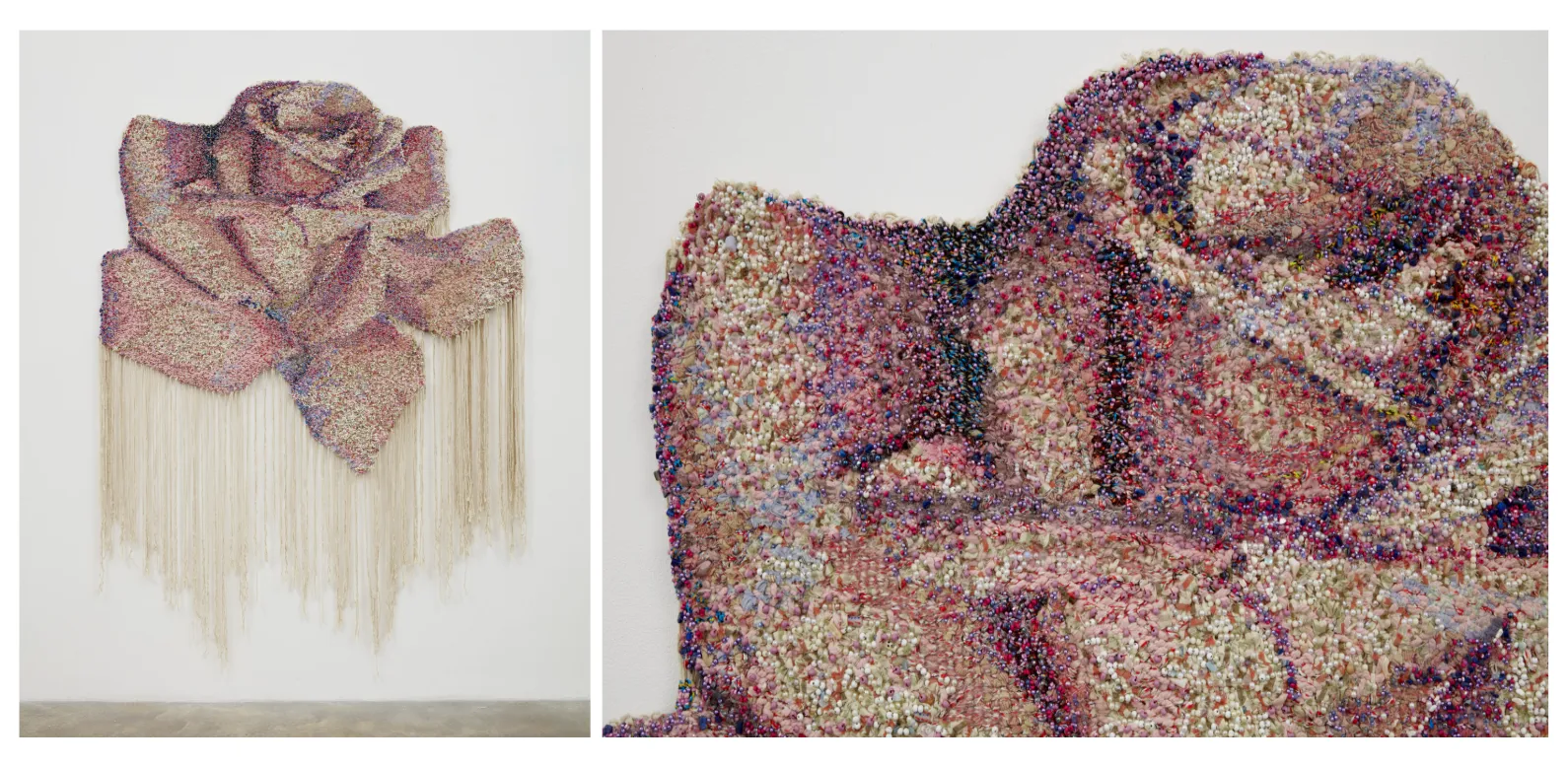
The best gatherings often include a piece of art — not as background, but as a participant in the dialogue. It says: here is something to wonder about ther.
Final Thoughts
Whether it’s a garden at sunset or a table at home, gatherings remind us that connection is something we can design. It lives in the way we arrive, the way we sit, the textures that ground us, and the art that sparks conversation. With intention, even 300 strangers can feel like kin — proof that design, when guided by structure and care, turns space into belonging.
💌
Elle
P.S. What’s the most memorable gathering you’ve been part of — and what made it unforgettable? I’d love to know!




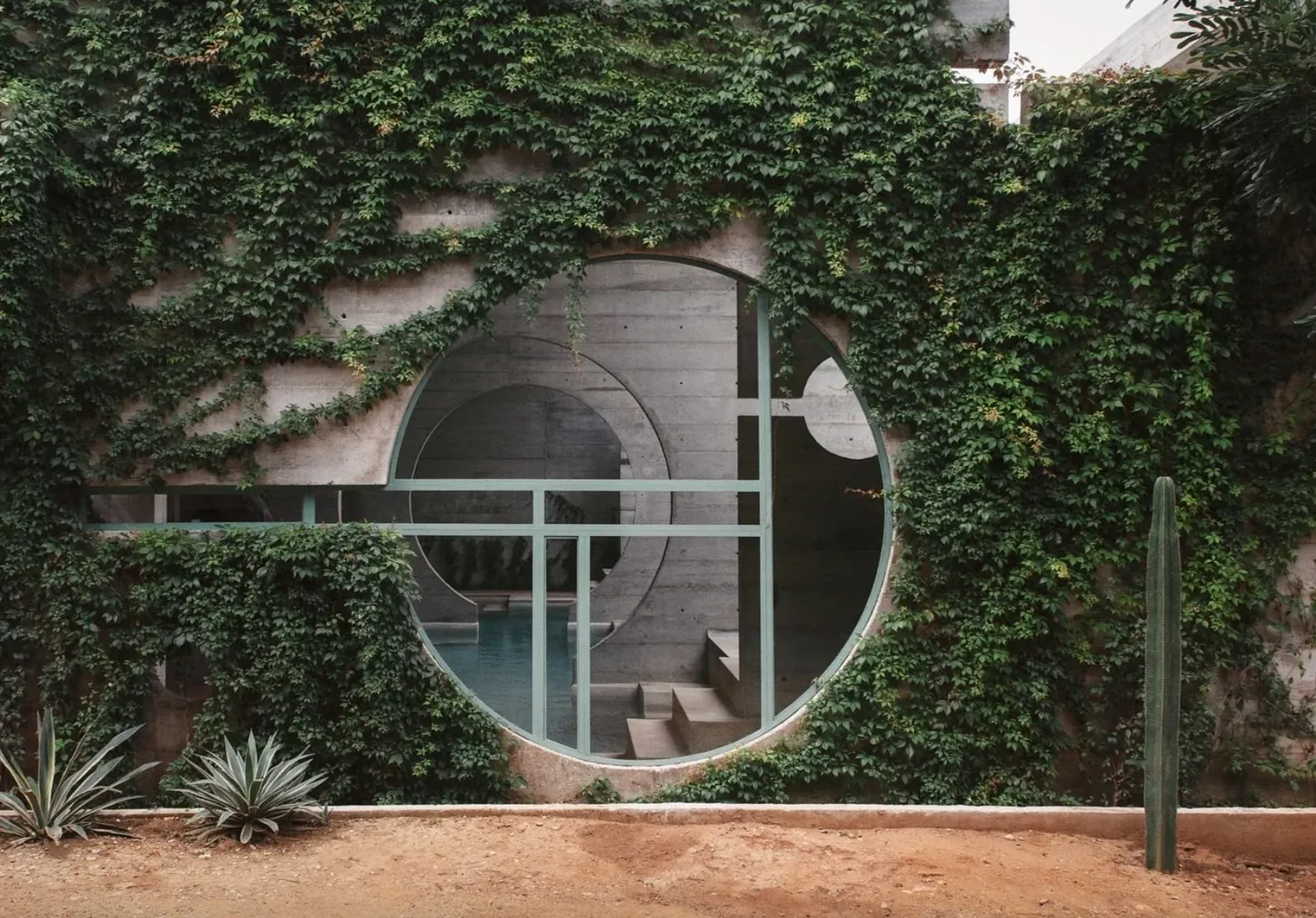
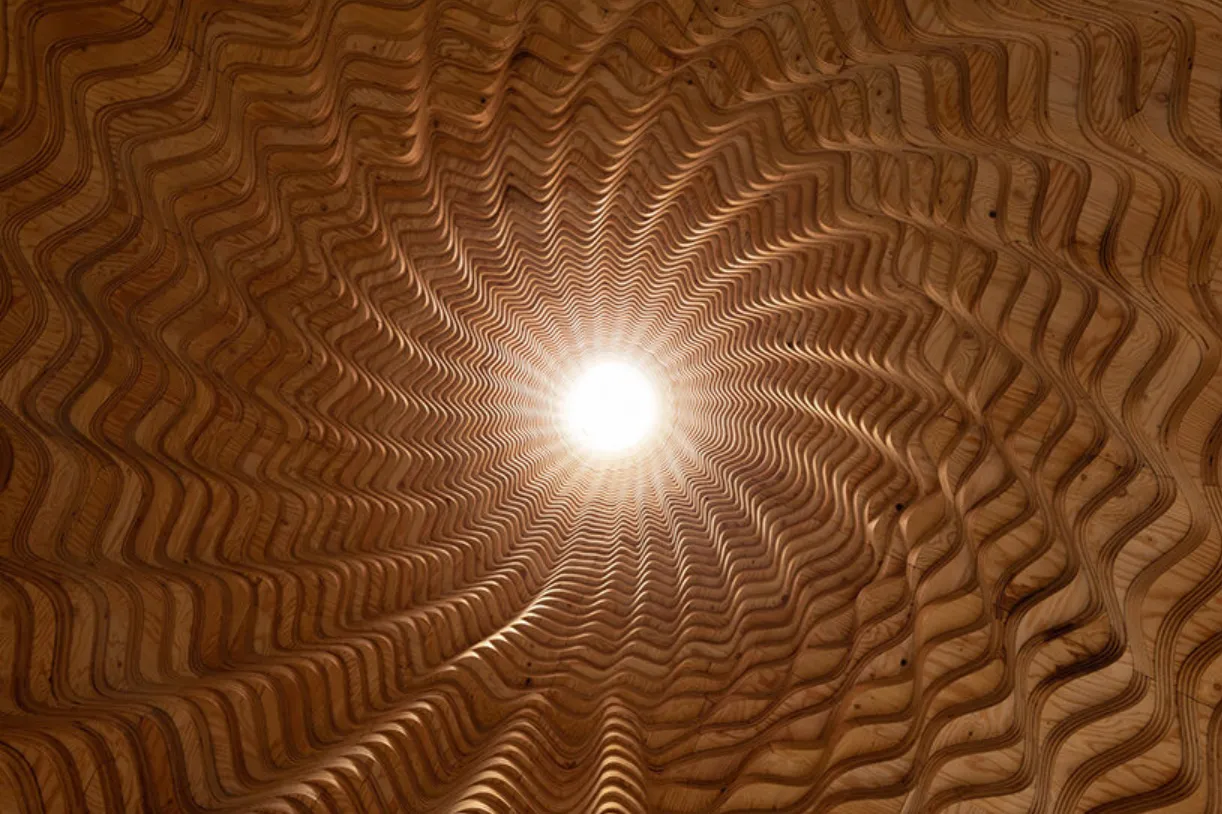
.svg)
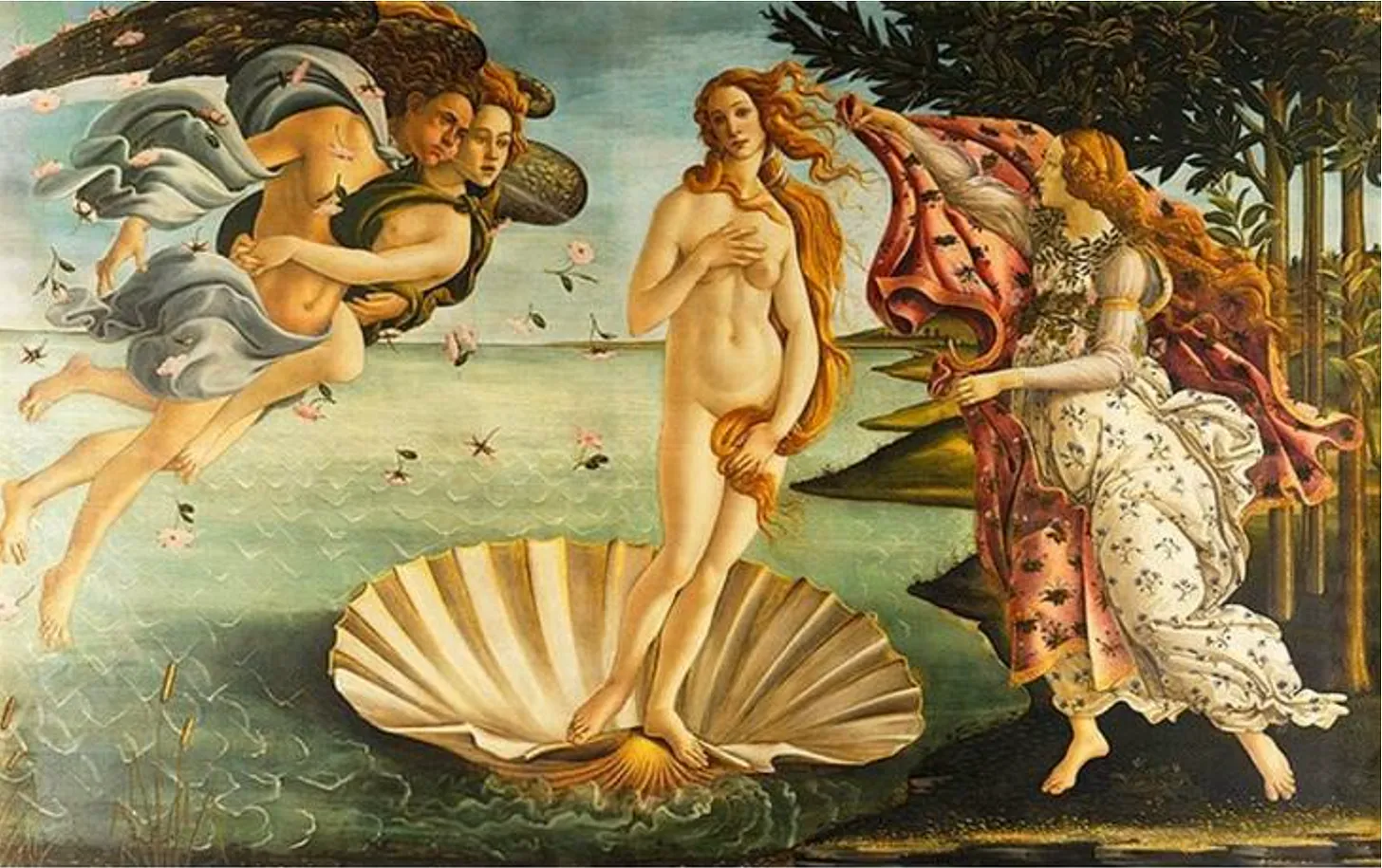

.svg)
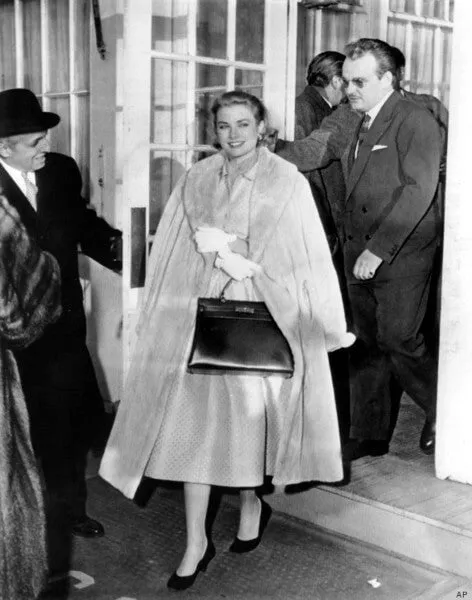
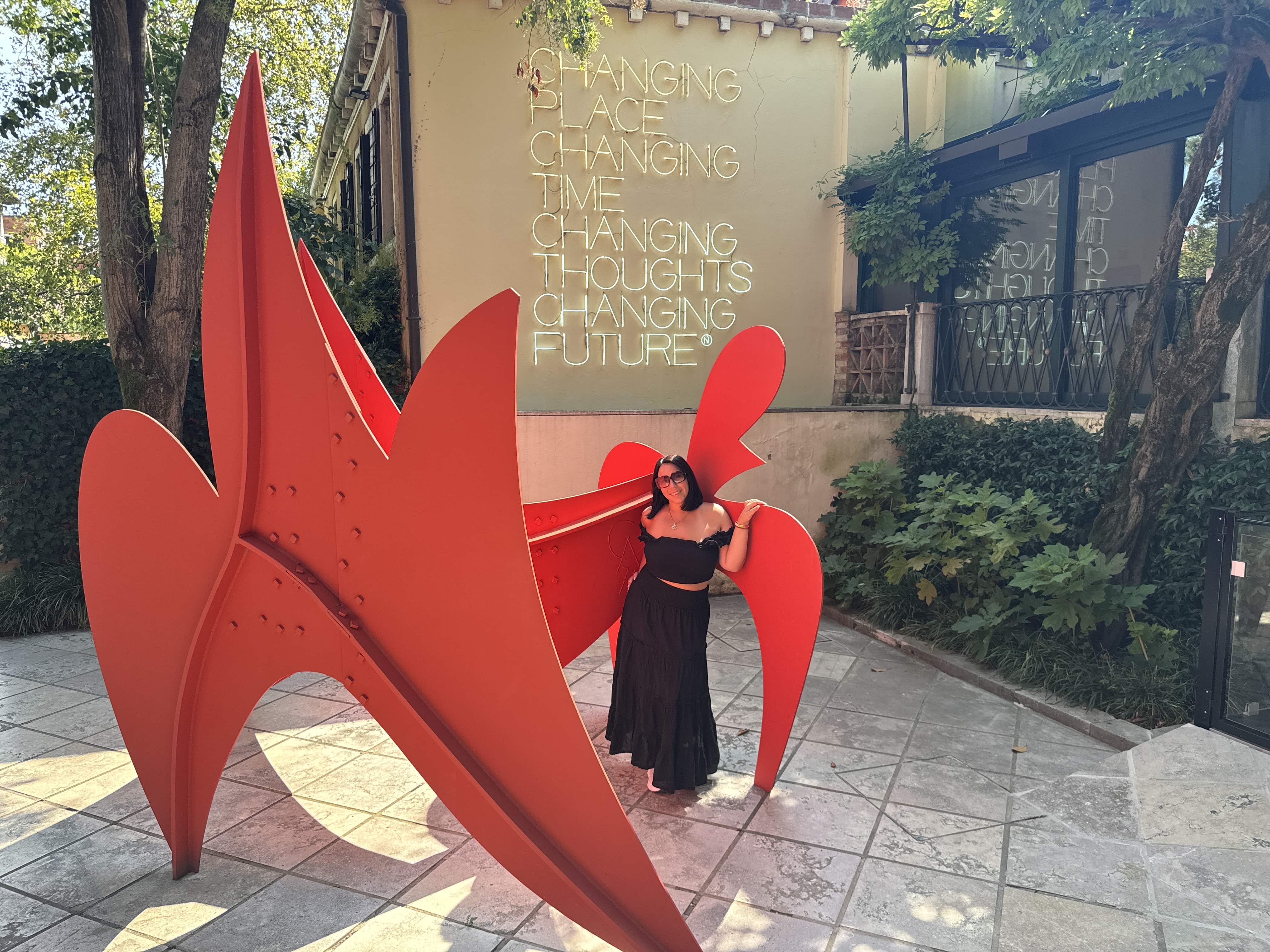
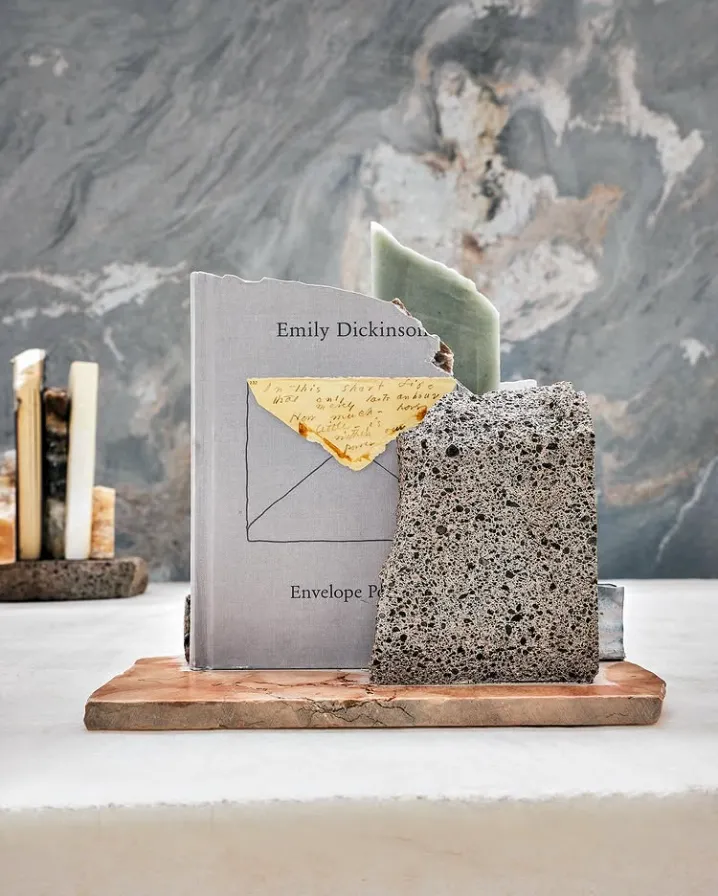
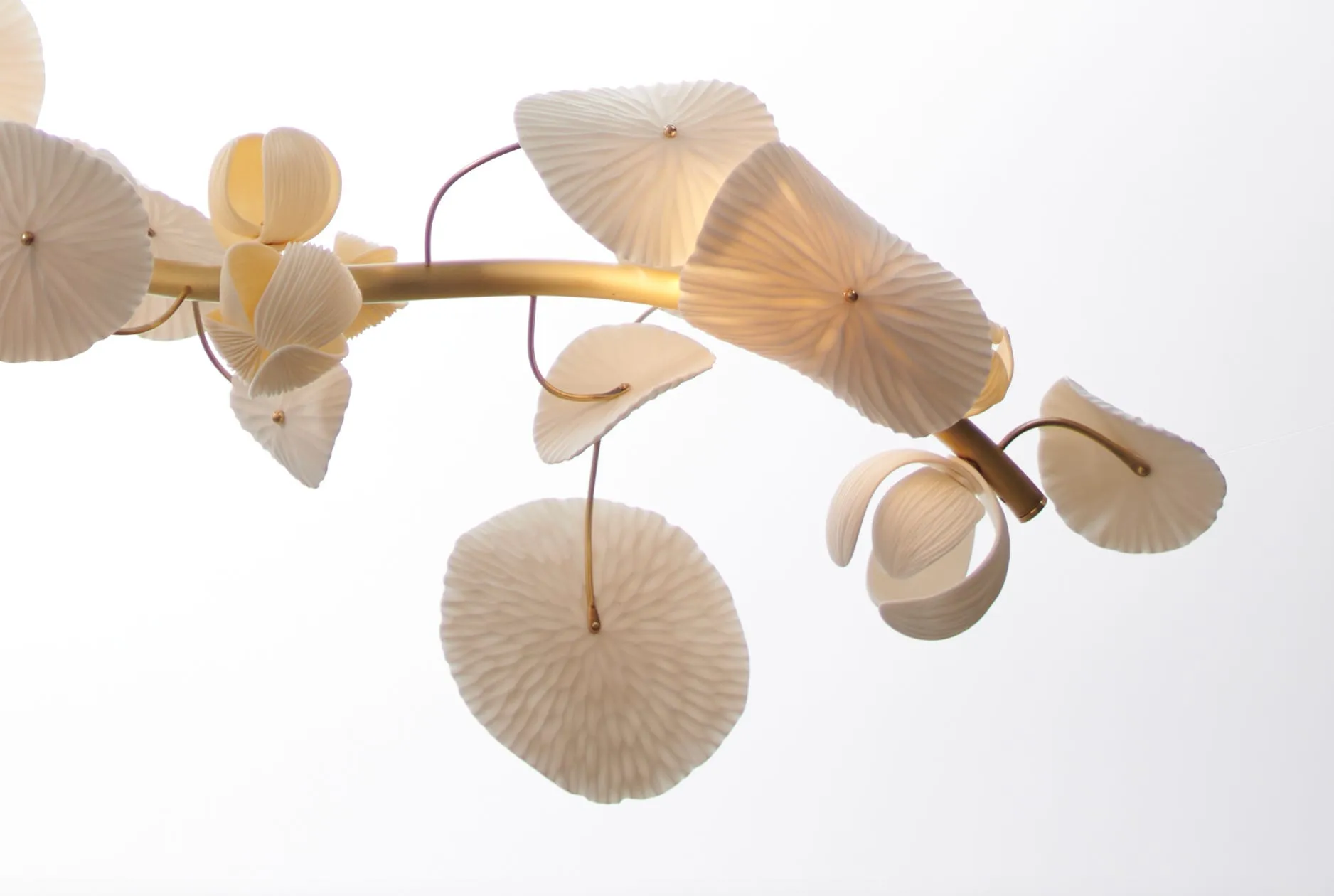

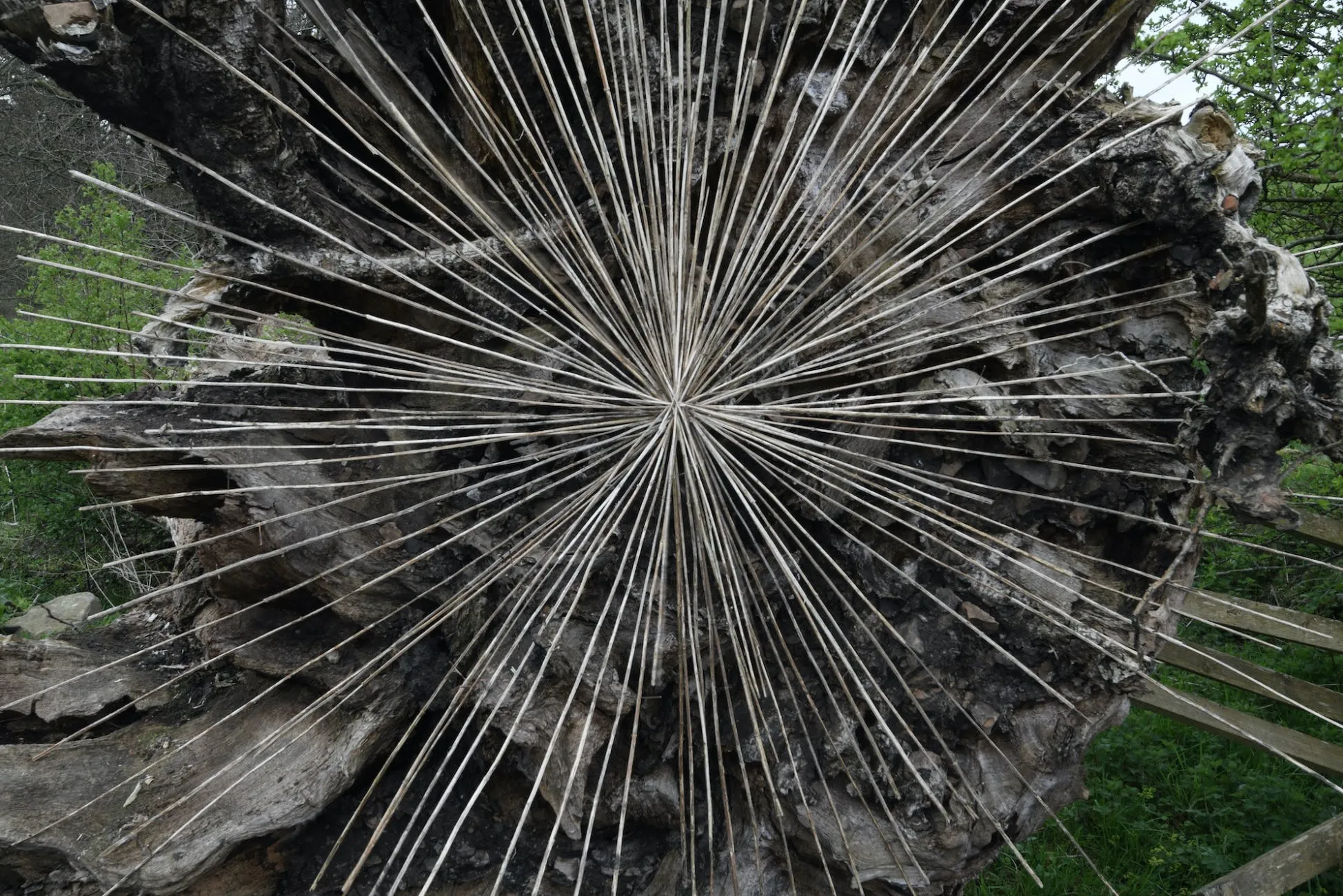

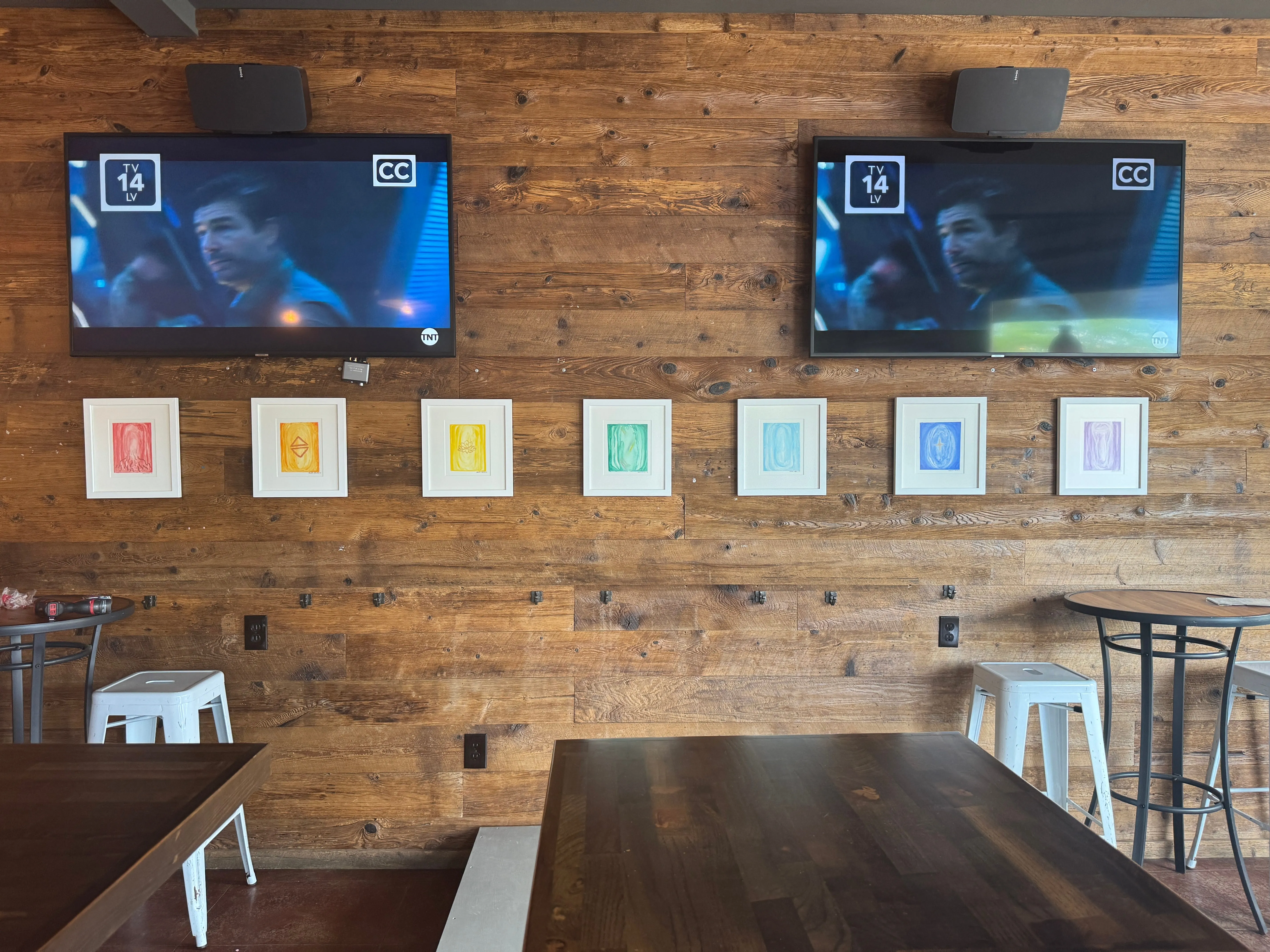
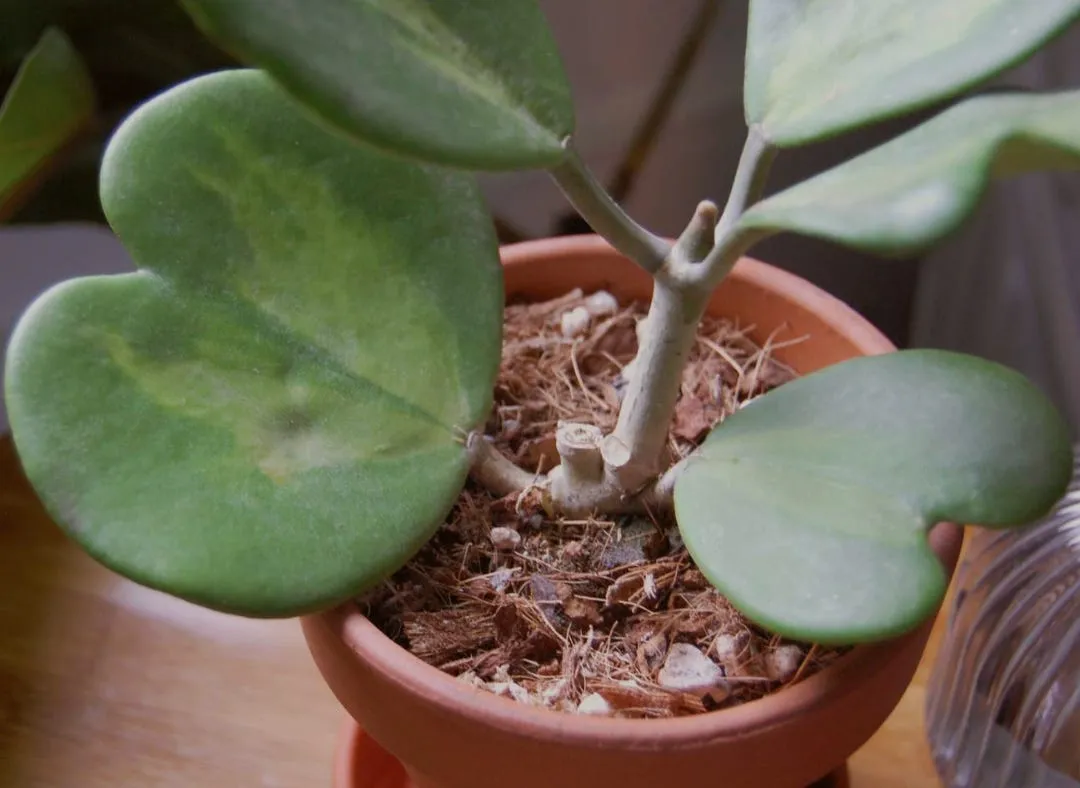
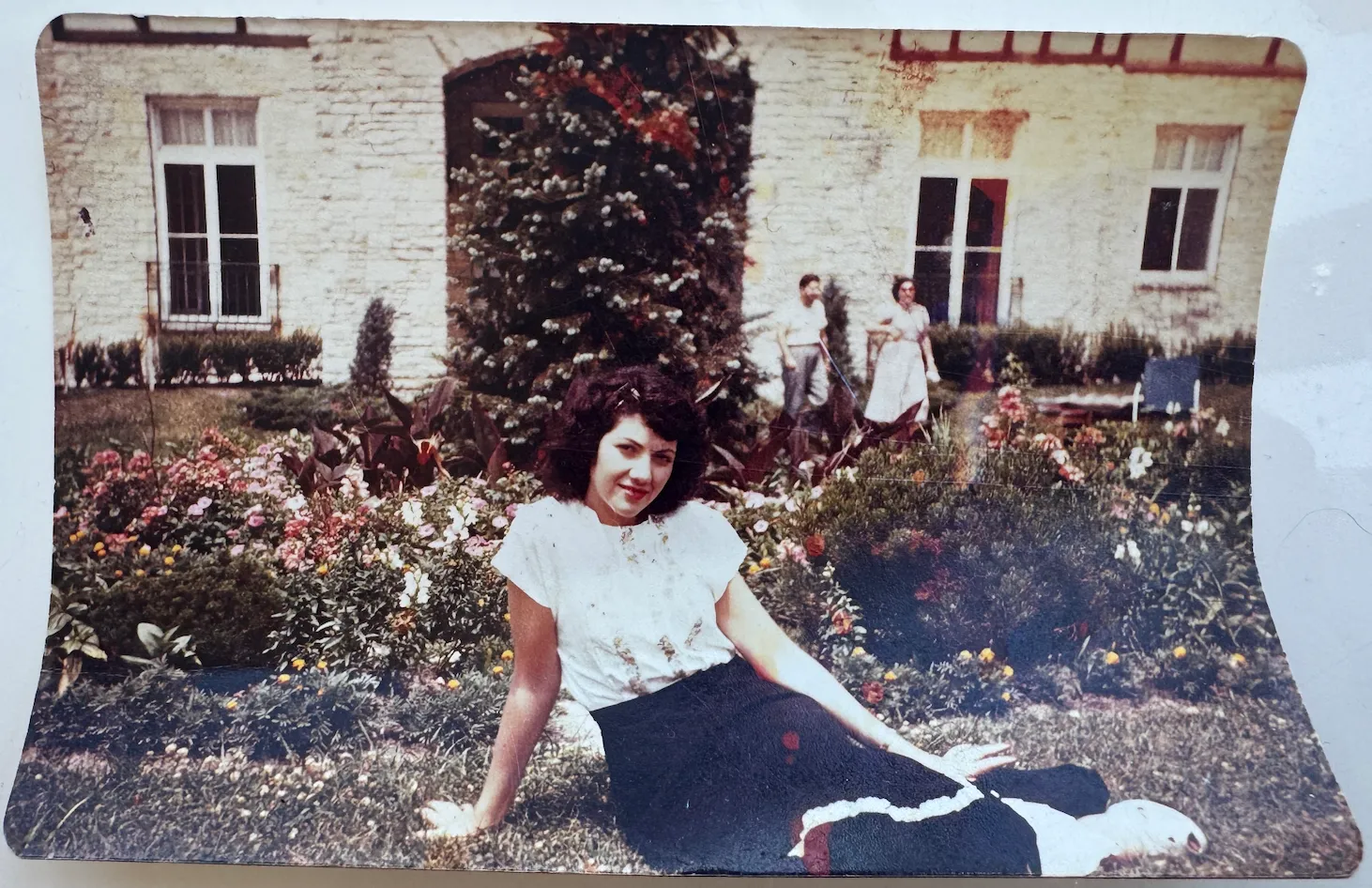

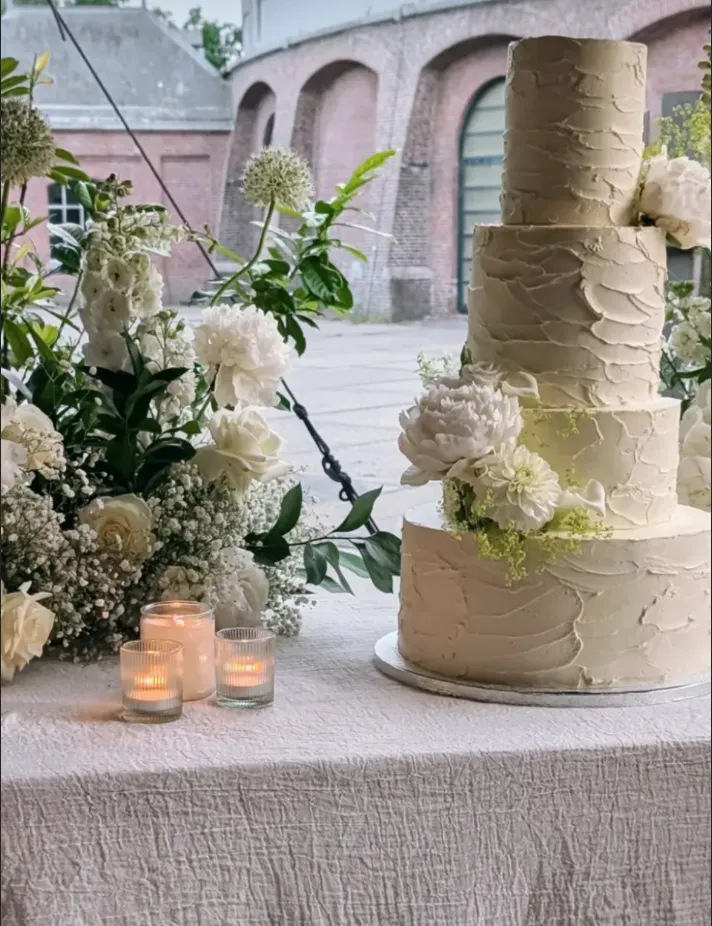
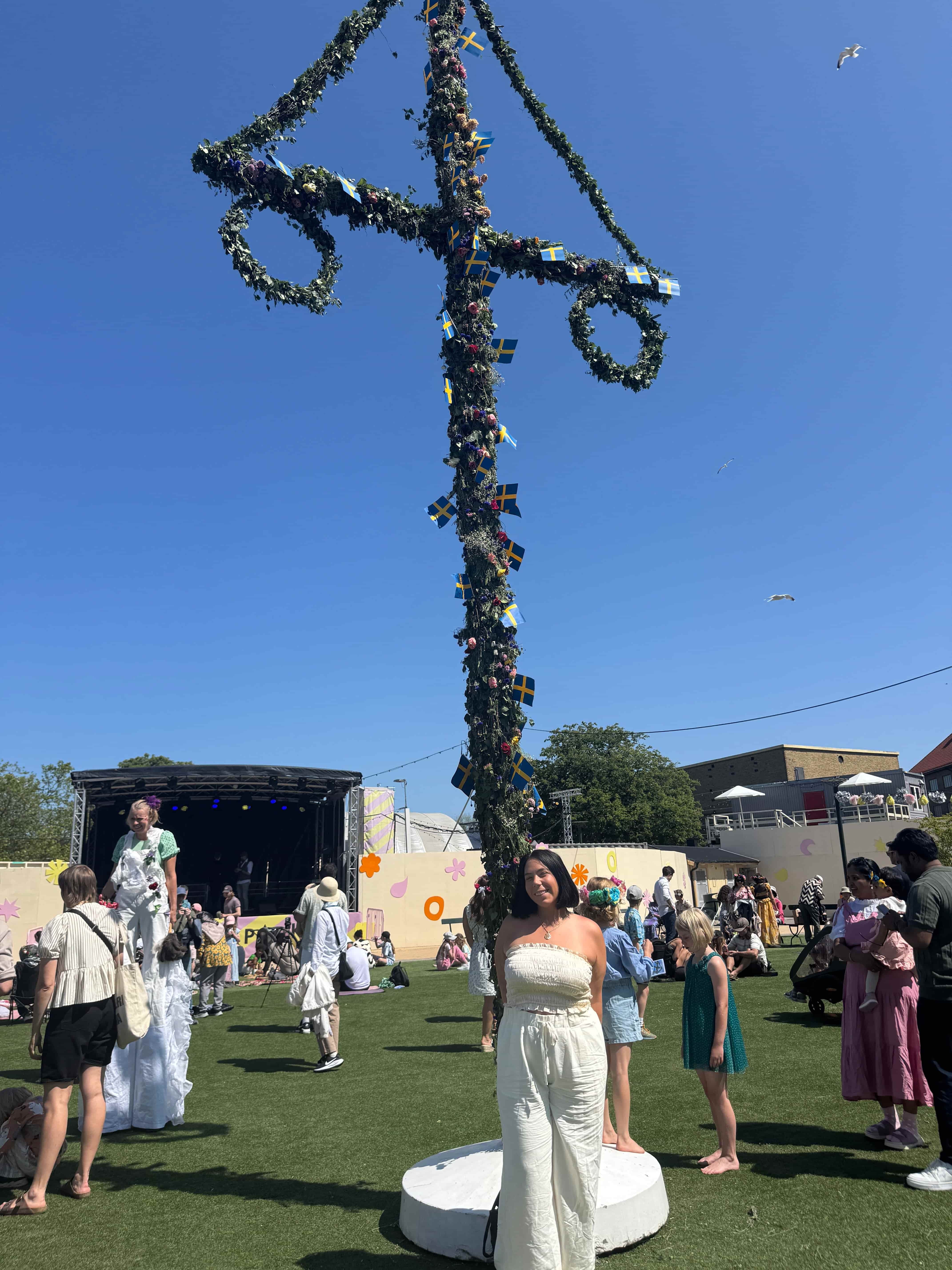

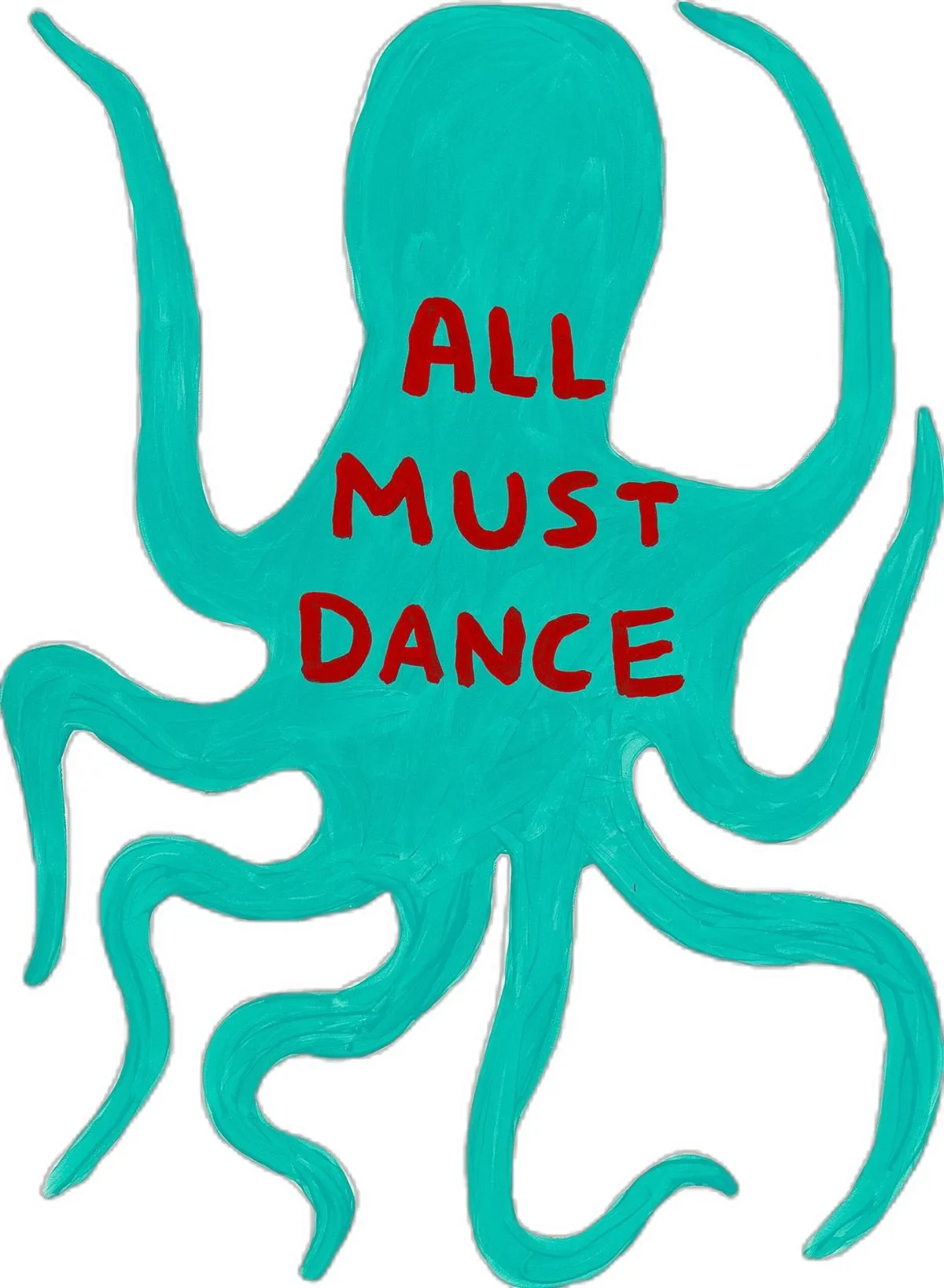


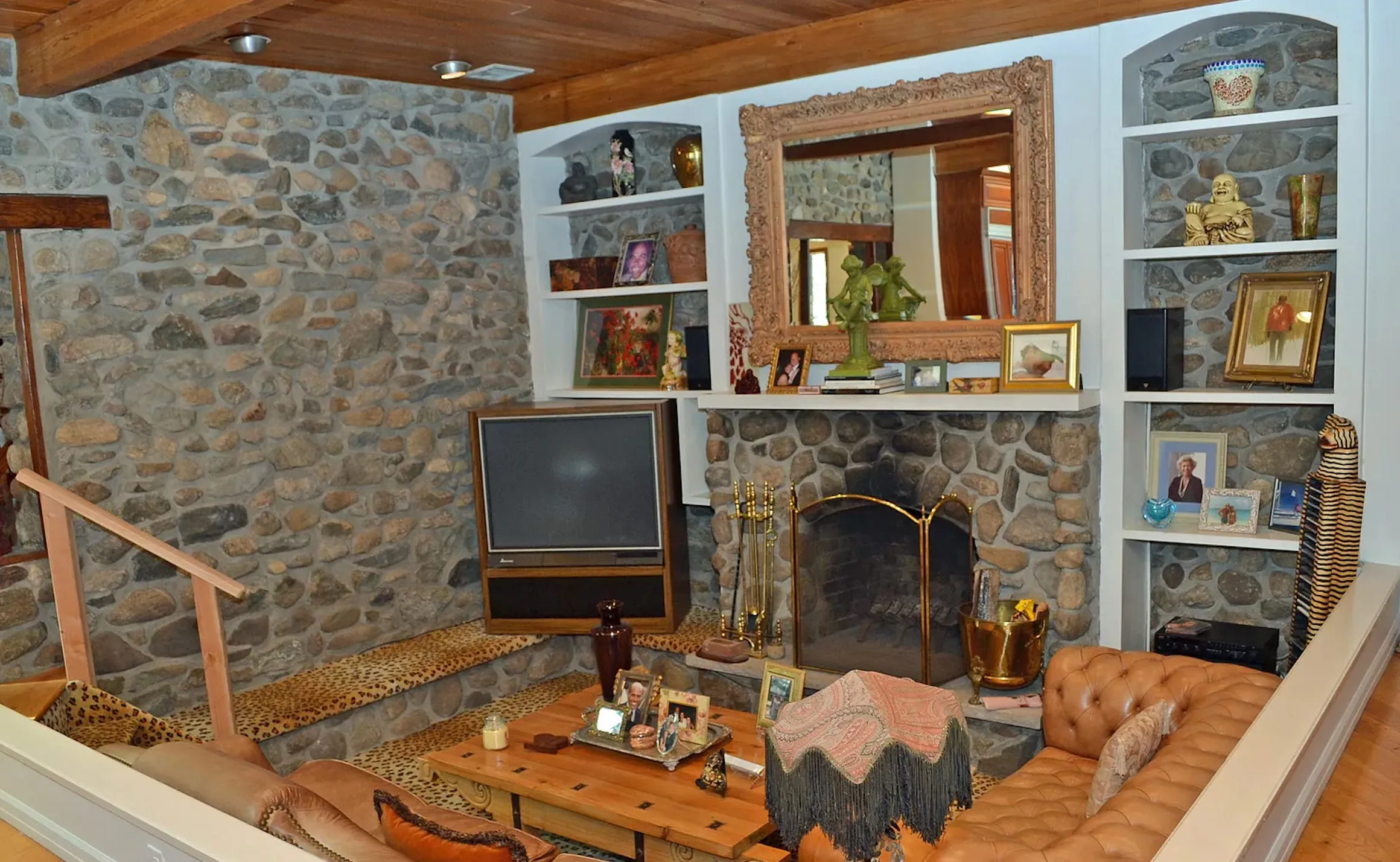
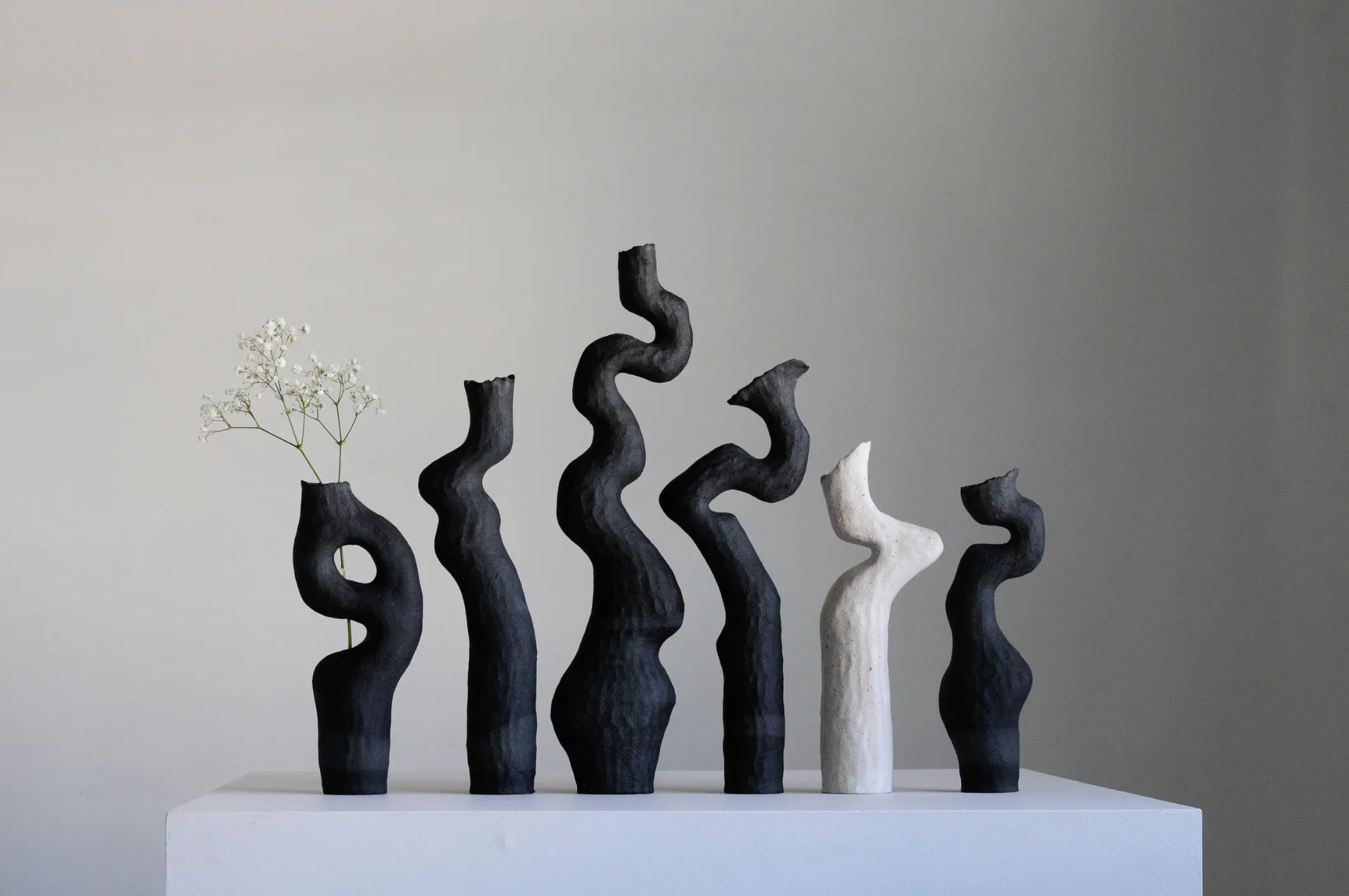

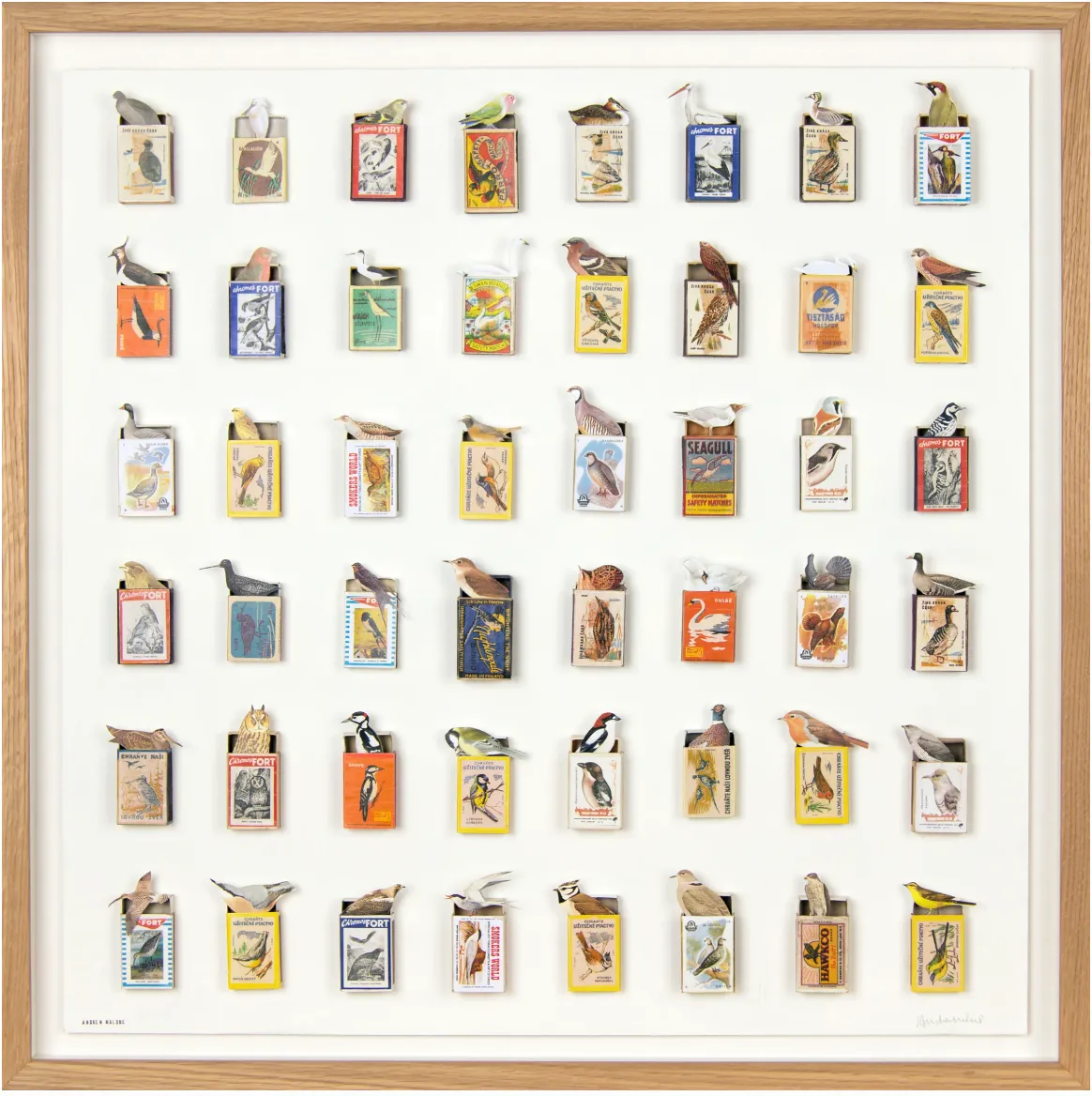

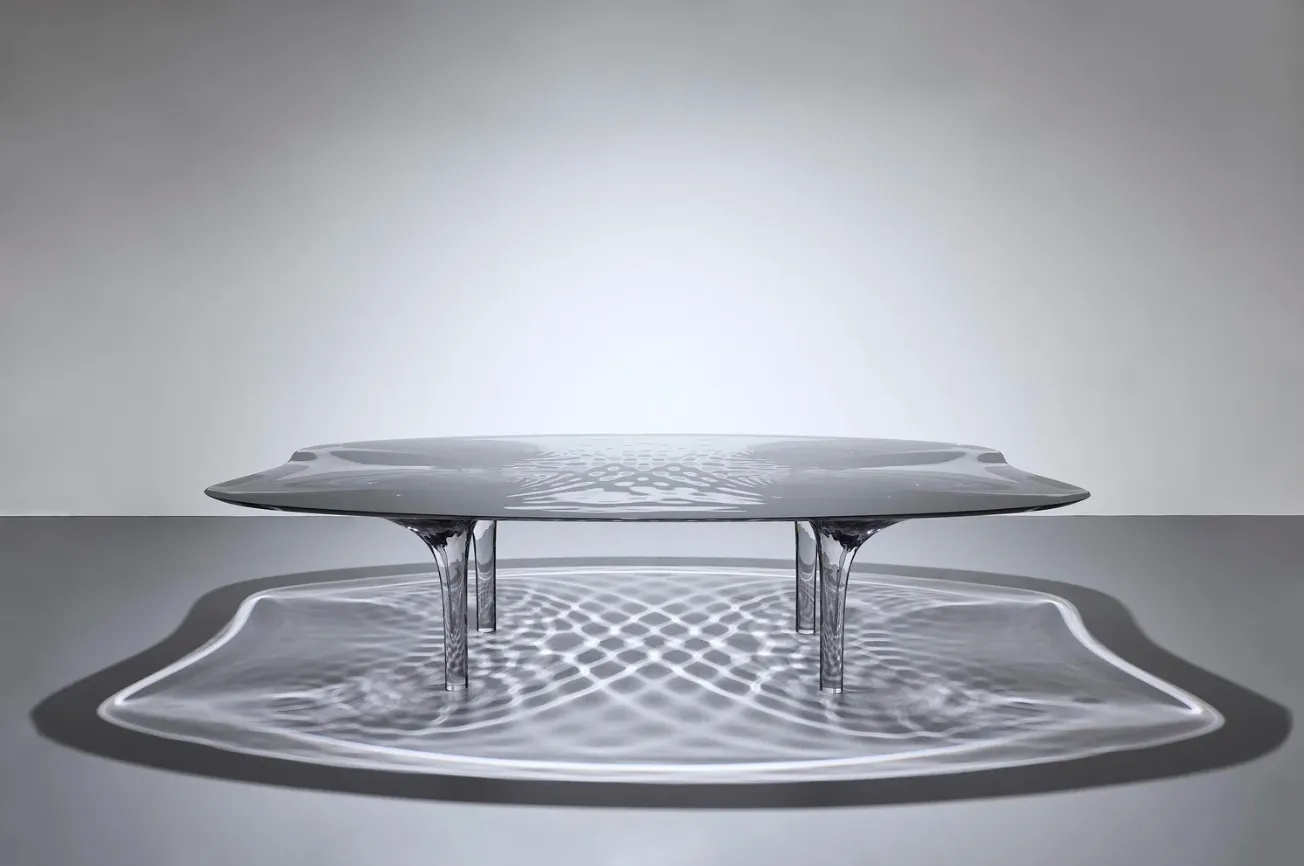
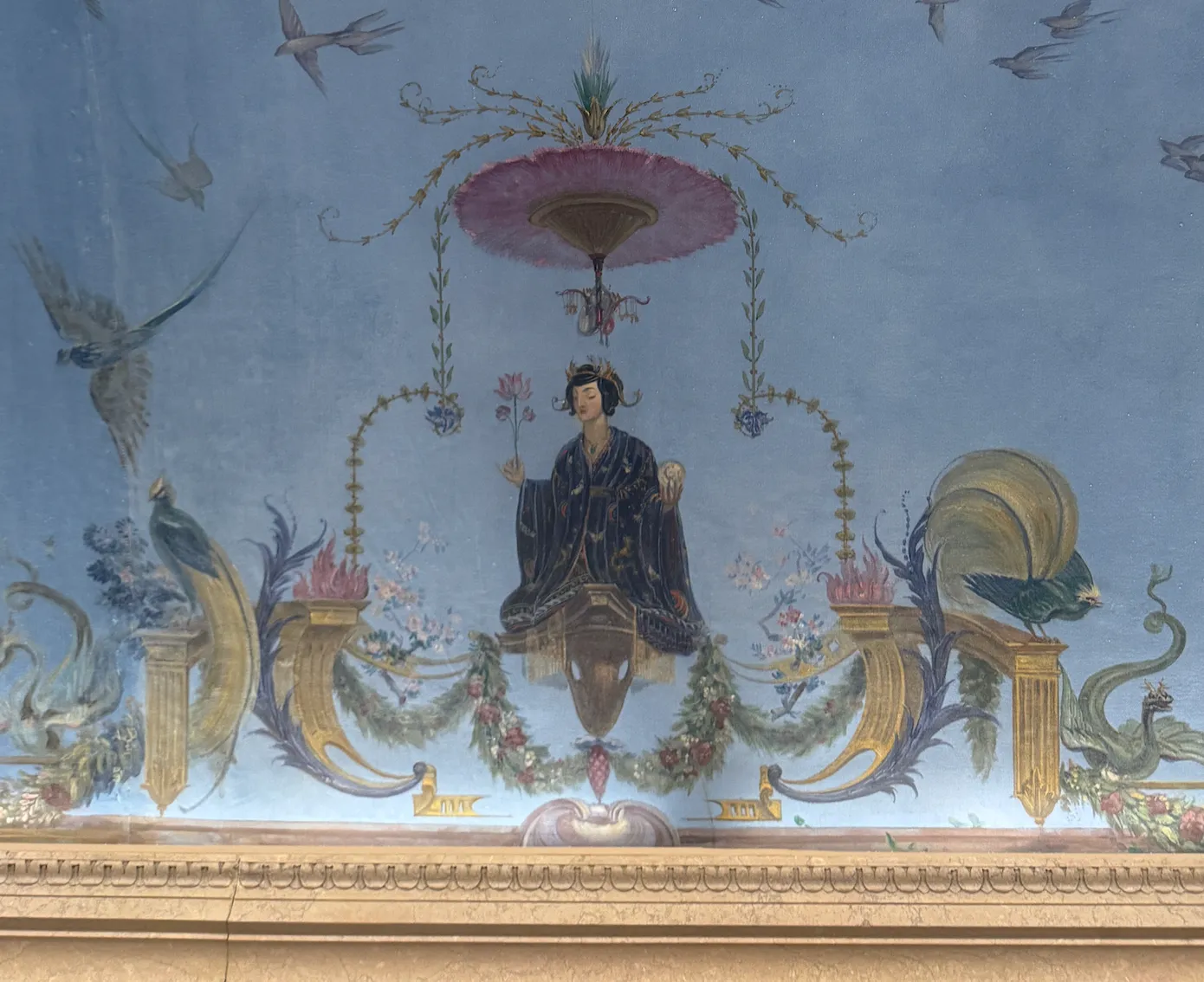

.webp)

.webp)
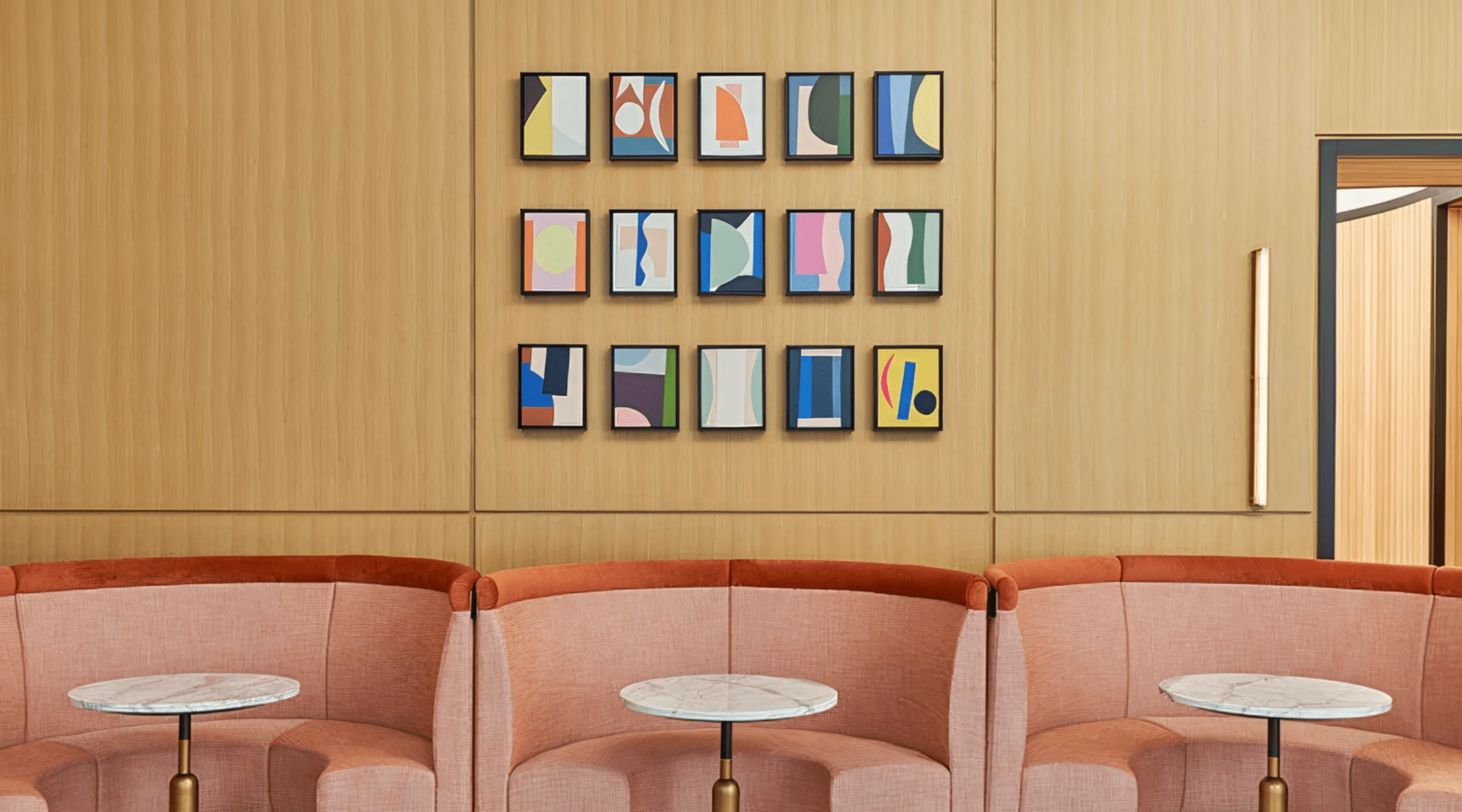
.webp)
.webp)
.webp)
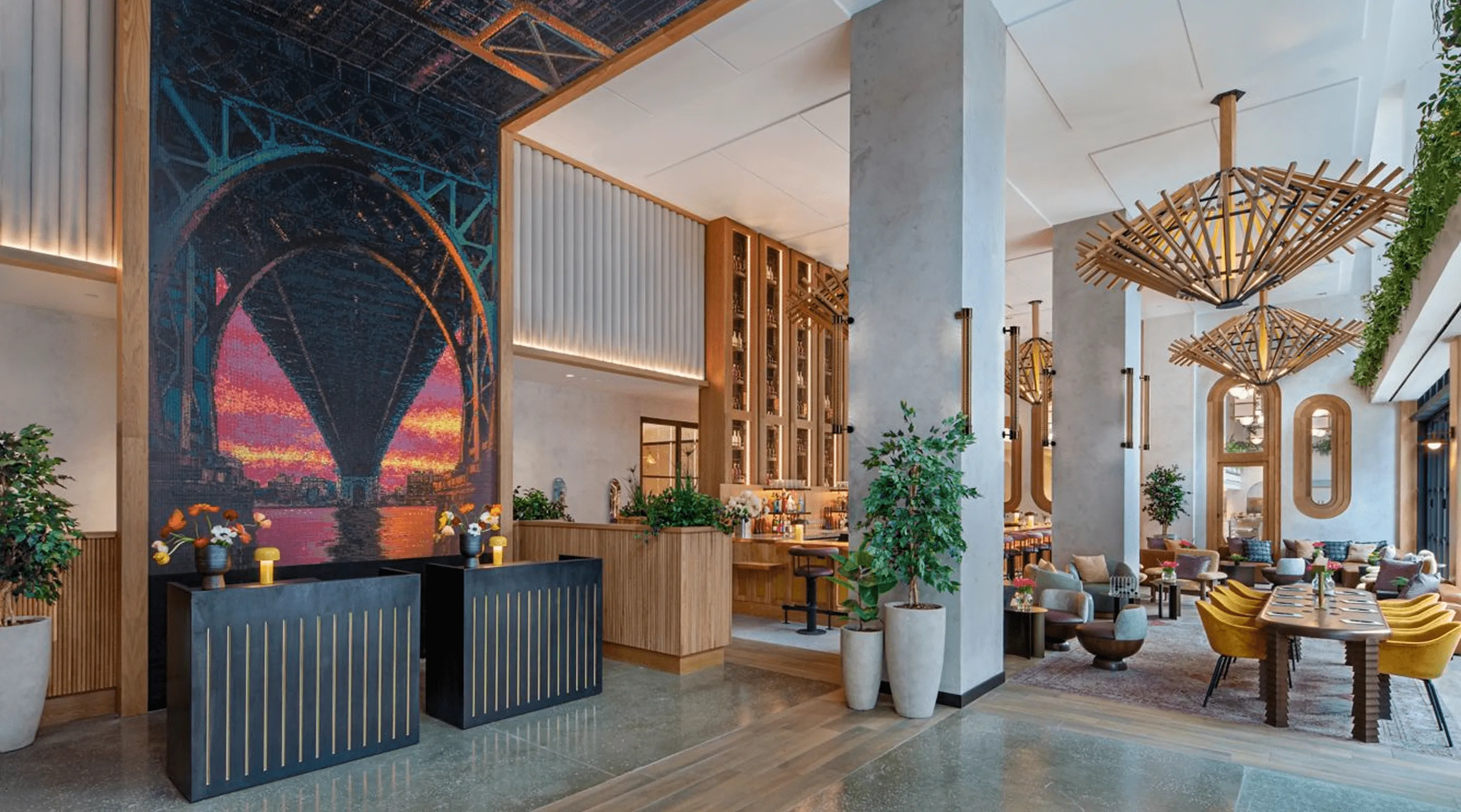
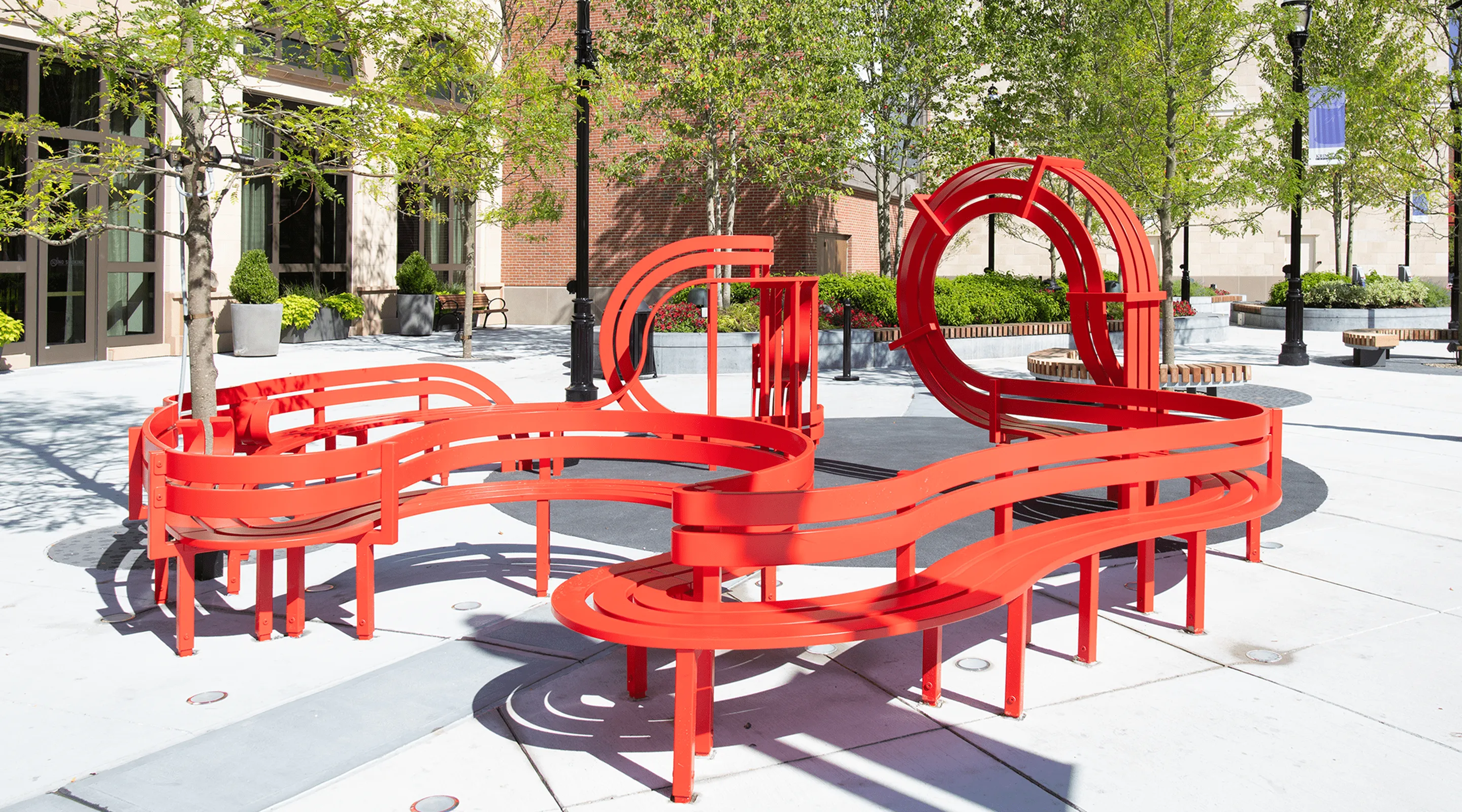
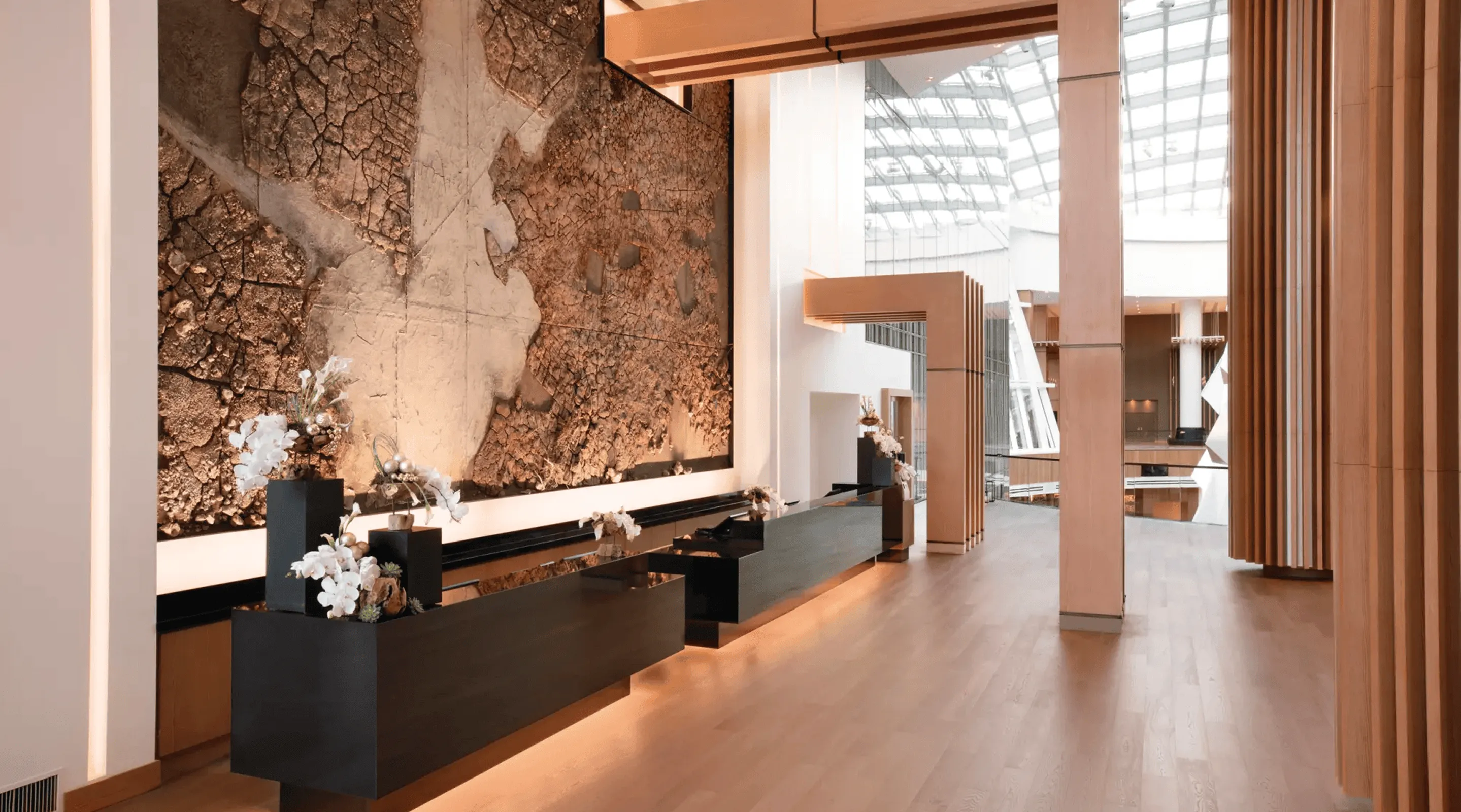
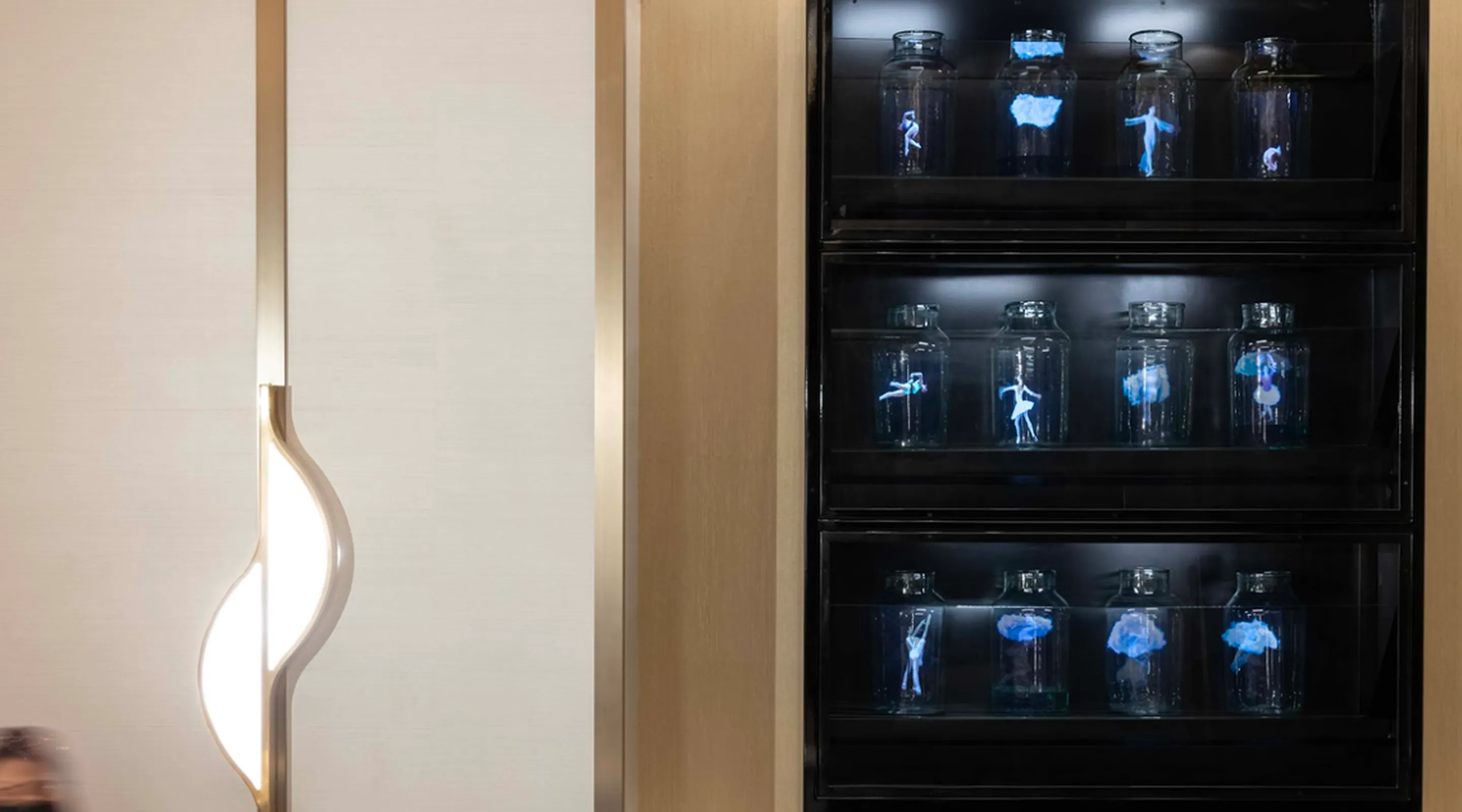
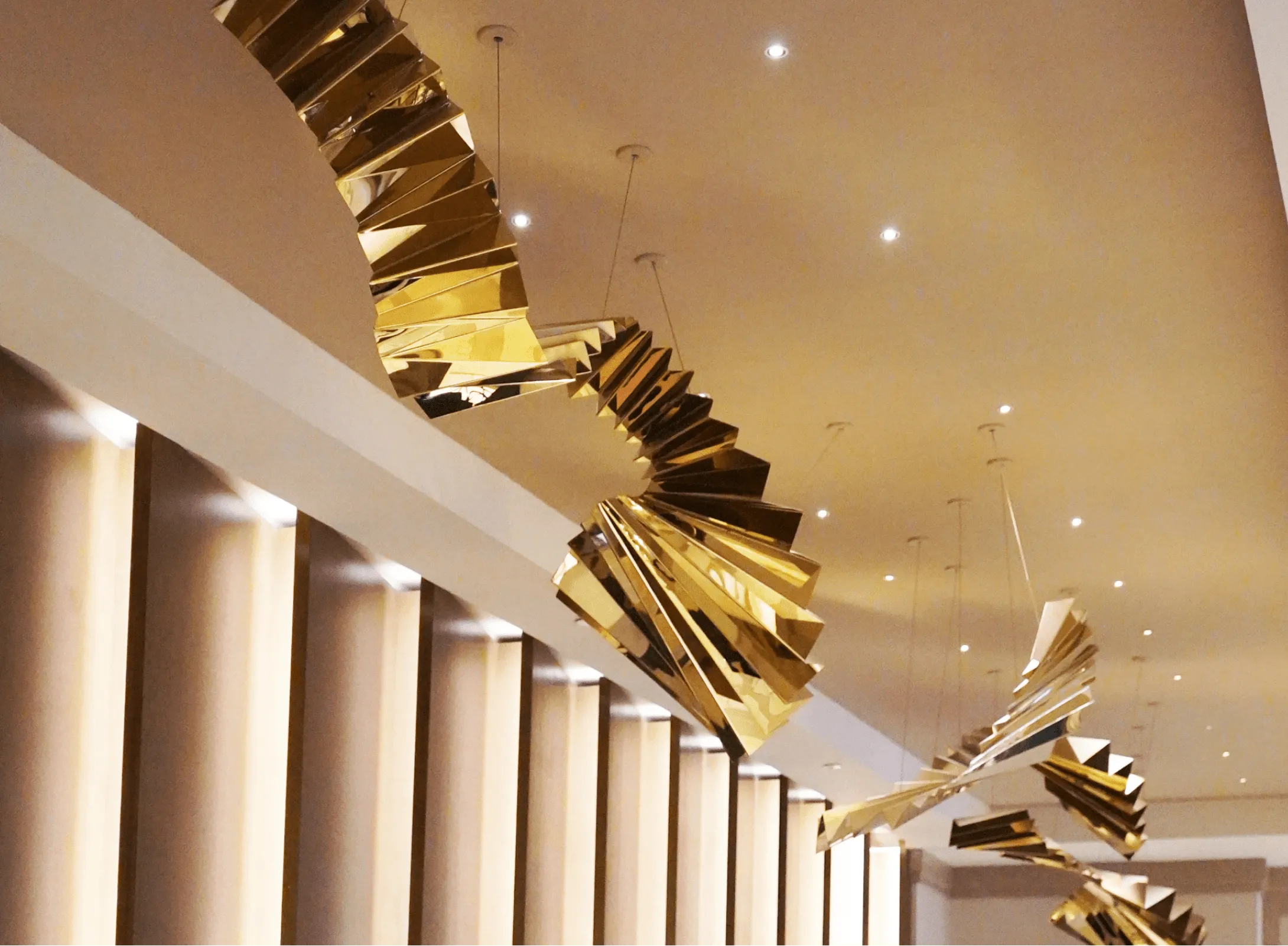
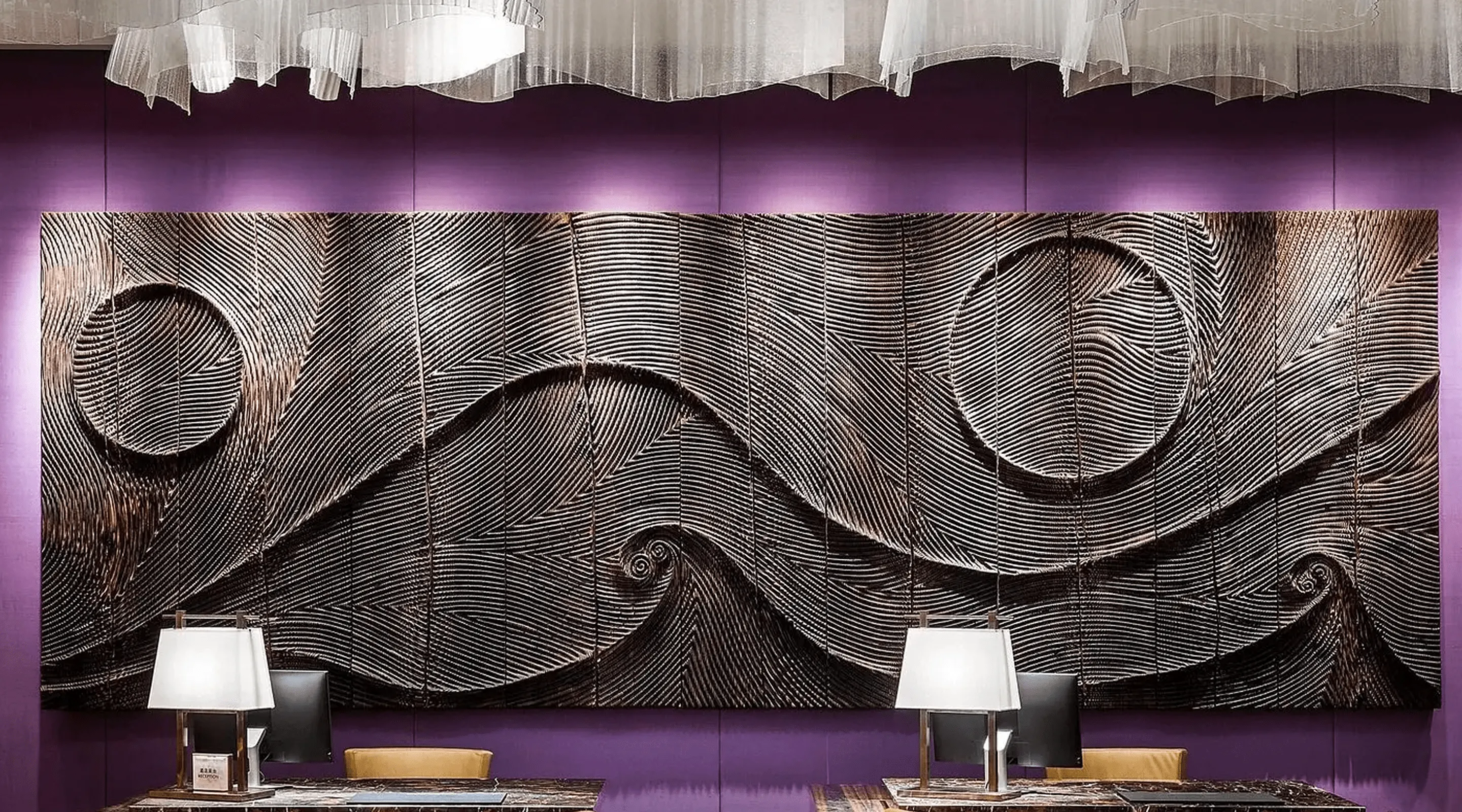
-min.webp)